Forums
- Forums
- Axis And Allies Forum
- General Discussion
- Aviation News
Aviation News
Post a reply
- Go to Previous topic
- Go to Next topic
- Go to Welcome
- Go to Introduce Yourself
- Go to General Discussion
- Go to Screenshots, Images and Videos
- Go to Off topic
- Go to Works in Progress
- Go to Skinning Tips / Tutorials
- Go to Skin Requests
- Go to IJAAF Library
- Go to Luftwaffe Library
- Go to RAF Library
- Go to USAAF / USN Library
- Go to Misc Library
- Go to The Ops Room
- Go to Made in Germany
- Go to Campaigns and Missions
- Go to Works in Progress
- Go to Juri's Air-Raid Shelter
- Go to Campaigns and Missions
- Go to Works in Progress
- Go to Skinpacks
- Go to External Projects Discussion
- Go to Books & Resources
-
10 years agoMon Nov 09 2015, 06:07pm
 Main AdminRAMSTEIN AIR BASE, Germany (AFNS) -- The 56th and 57th Rescue squadrons from Royal Air Force Lakenheath, United Kingdom, are relocating to Aviano Air Base, Italy, starting in fiscal year 2017, Air Force leaders announced Nov. 6.
Main AdminRAMSTEIN AIR BASE, Germany (AFNS) -- The 56th and 57th Rescue squadrons from Royal Air Force Lakenheath, United Kingdom, are relocating to Aviano Air Base, Italy, starting in fiscal year 2017, Air Force leaders announced Nov. 6.
About 350 personnel, five HH-60 Pave Hawk helicopters and Guardian Angel weapons systems are expected to relocate in an effort to establish an enduring personnel recovery location within Europe.
"This relocation of our rescue Airmen places them in a more strategic location to respond across Africa, Europe and Southwest Asia," said Gen. Frank Gorenc, the U.S. Air Forces in Europe and Air Forces Africa commander. "We always take a serious, pragmatic look at how we can most effectively meet our commitments and guarantee the shared security of the United States and our allies and partners."
The move is expected to take two to three years to complete.
During the European Infrastructure Consolidation review, programmers found excess capacity at Aviano. Part of the additional space was designated for the 56th and 57th Rescue squadrons, which deploy around the world to recover personnel from difficult and hostile conditions.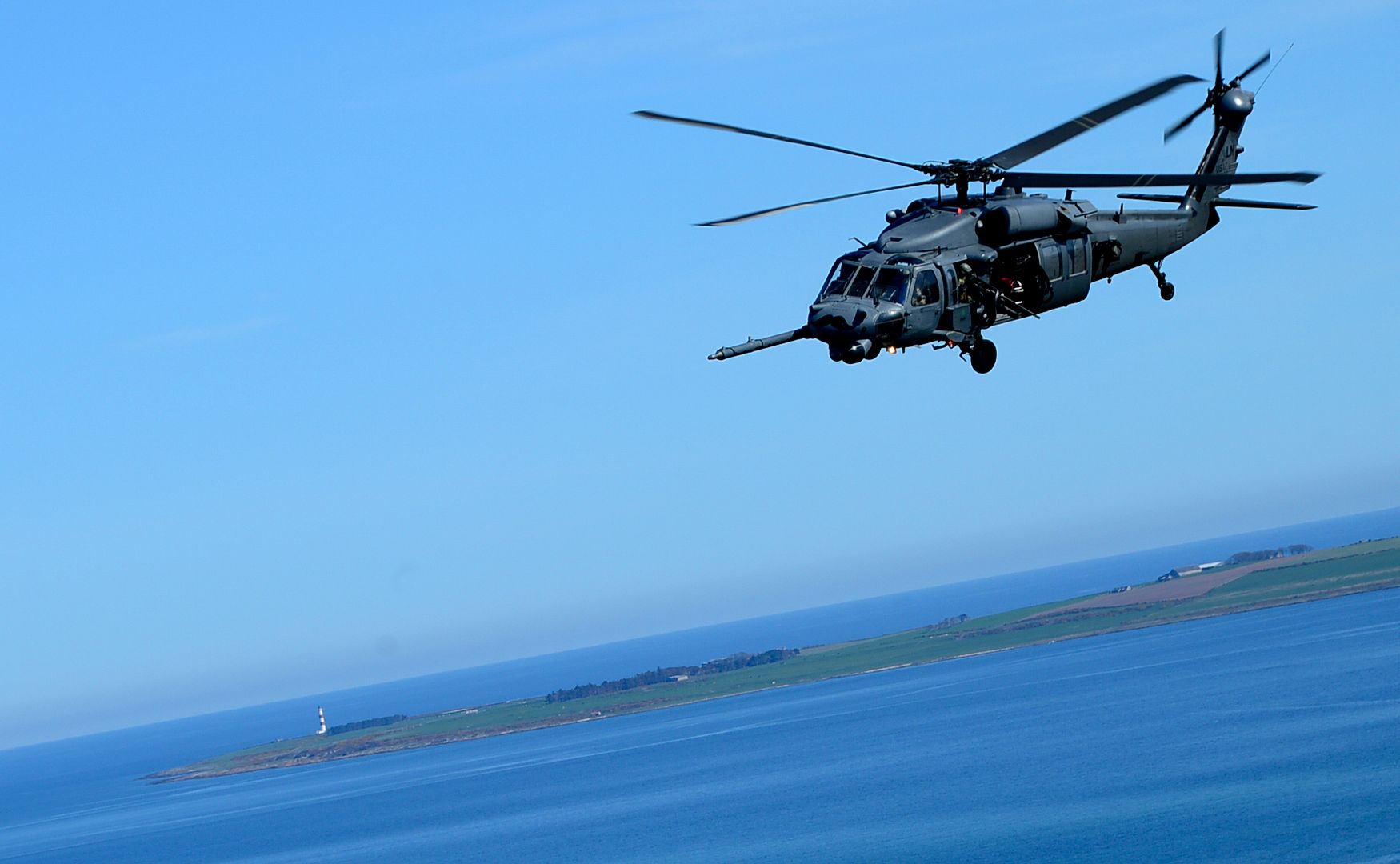
The ?Al Fursan? (The Knights), the United Arab Emirates Air Force aerobatic display team, flies in formation behind a U.S. Air Force F-15E Strike Eagle at the 2015 Dubai Airshow, Nov. 8, 2015. The F-15E is currently deployed to the 380th Air Expeditionary Wing, Southwest Asia. (U.S. Air Force photo's by Tech. Sgt. Joshua Strang)
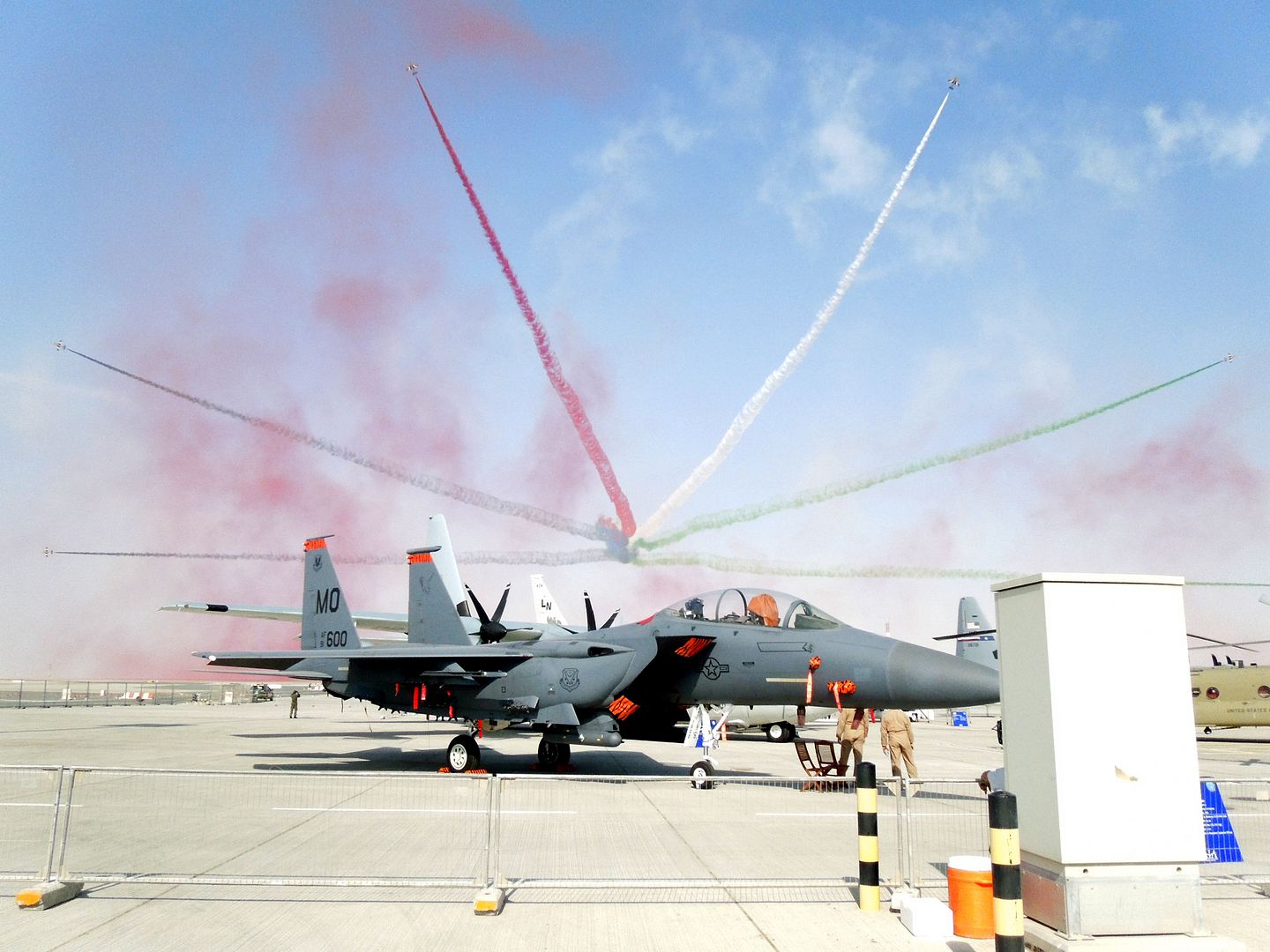
DUBAI, United Arab Emirates, Nov. 9, 2015 /PRNewswire/ -- Boeing [NYSE: BA] and Jet Airways, India's premier international airline, announced an order for 75 737 MAX 8 airplanes at the 2015 Dubai Airshow today.
The announcement marks the largest order in Jet Airways' history and supports the airline's replacement strategy to have the most modern and environmentally progressive airplane fleet. The order, previously attributed to an unidentified customer, includes conversions of 25 Next-Generation 737s to 737 MAX 8s, as well as options and purchase rights for an additional 50 aircraft.
"Incorporating the latest design and technology features, the highly efficient 737 MAX will allow us to drive our operational efficiency and reaffirms our commitment to providing a best-in-class full service travel experience to our guests," said Naresh Goyal, chairman of Jet Airways. "This order is an endorsement of our confidence in the long-term prospects of the Indian aviation sector, which reflects the positive forecast for the country's economy and offers tremendous potential for growth and development."
"Boeing is proud that Jet Airways will be the first airline in India to take delivery of the 737 MAX," said Boeing Commercial Airplanes President and CEO Ray Conner. "The 737 MAX will bring new standards for fuel efficiency and economics, and a premium passenger experience to Jet Airways."
The 737 MAX incorporates the latest technology CFM International LEAP-1B engines, Advanced Technology winglets and other improvements to deliver the highest efficiency, reliability and passenger comfort in the single-aisle market.
The new single-aisle airplane will deliver 20 percent lower fuel use than the first Next-Generation 737s and the lowest operating costs in its class ? 8 percent per seat less than its nearest competitor.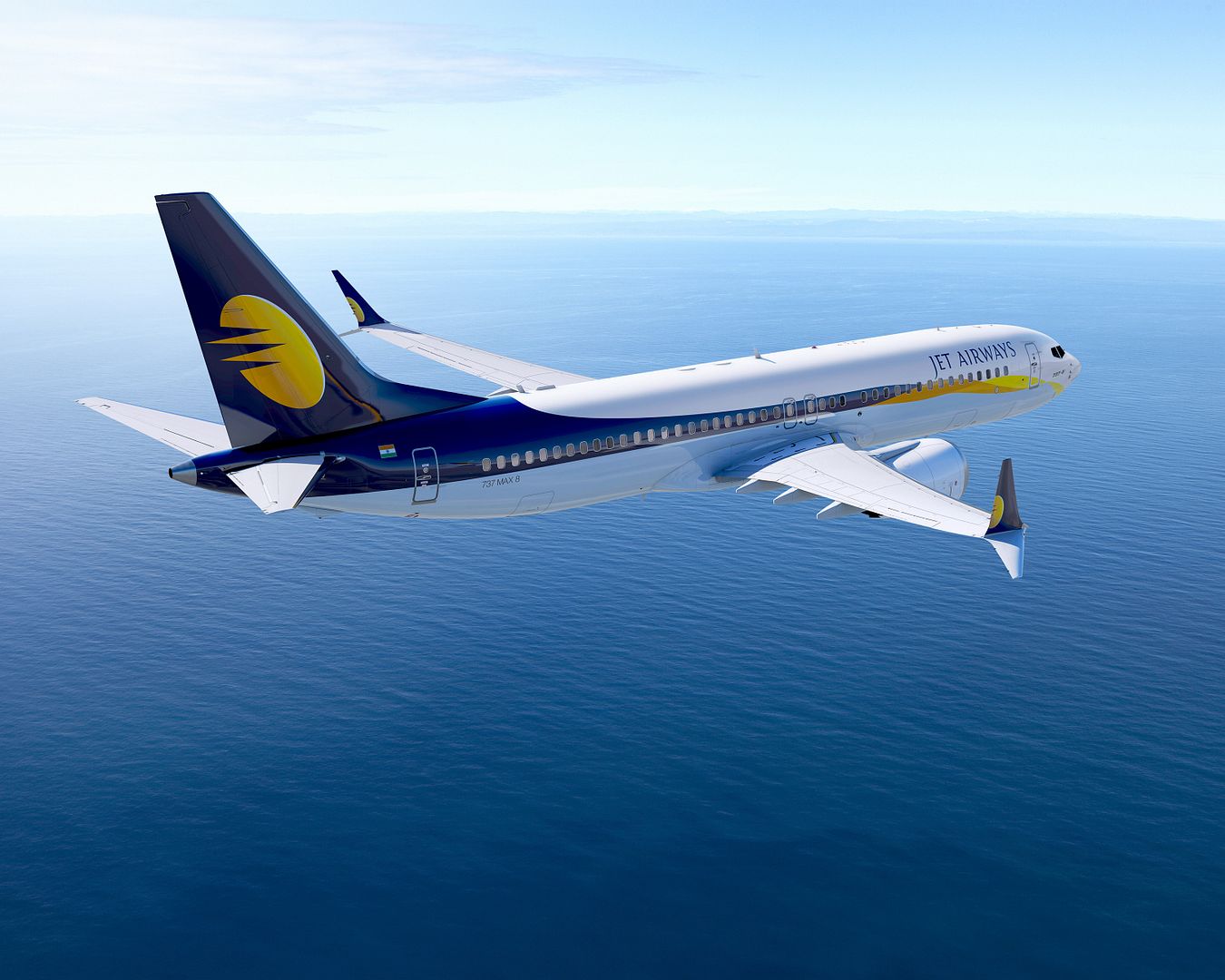
FIRST STORM SHADOW MISSILE SUCCESFULLY RELEASED FROM A EUROFIGHTER TYPHOON
09/11/2015
A Eurofighter Typhoon Instrumented Production Aircraft (IPA) has successfully completed a release of the MBDA Storm Shadow, conventionally armed, stealthy, long-range stand-off precision missile.
This continues the series of trials that Eurofighter Partner Company, Alenia Aermacchi, is leading to demonstrate the full integration of the Storm Shadow missile with Typhoon's weapon system. With support from Eurofighter Partner Company BAE Systems, missile designer and producer MBDA, and specialist trials support from QinetiQ, the trials were conducted in November 2015 at Aberporth MoD firing range, in the UK.
The integration of the missile with the aircraft's weapon system was successfully demonstrated. The trials also verified the interface of the missile with the weapon system for pre-launch checks, demonstrated post-launch safe separation and the subsequent commencement of missile flight.
Test pilot Enrico Scarabotto flew the sorties and he said: ?The Eurofighter and its weapon system performed exactly as expected. The aircraft?s performance is not significantly degraded by this heavy missile and, thanks to the aircraft's performance and the large number of weapon stations, after the launch of the missiles the Eurofighter keeps a full spectrum of capabilities for both air-to-air and air-to-surface engagements. This is a great advantage that only the Eurofighter, among western fighters, can guarantee. A truly swing-role combat aircraft.?
Storm Shadow provides a significant leap in the Eurofighter Typhoon?s operational capabilities, enabling the platform to deploy multiple weapons at a very long range well clear of danger from air defences. Storm Shadow, already in service with the Italian Air Force, Royal Air Force and others, is a long range weapon system designed to neutralise high value, hardened or buried targets.
The new weapons system will add the capability to strike in day or night in all-weather conditions, well-defended infrastructure targets such as port facilities, control centres, bunkers, missile sites, airfields and bridges that would otherwise require several aircraft and missions. This is a new addition to the Eurofighter Typhoon?s potent simultaneous multi-role/swing-role capabilities. Powered by a turbo-jet engine, with a range in excess of 250 km, the Storm Shadow missile weighs approximately 1.300 kg and is just over 5 metres long.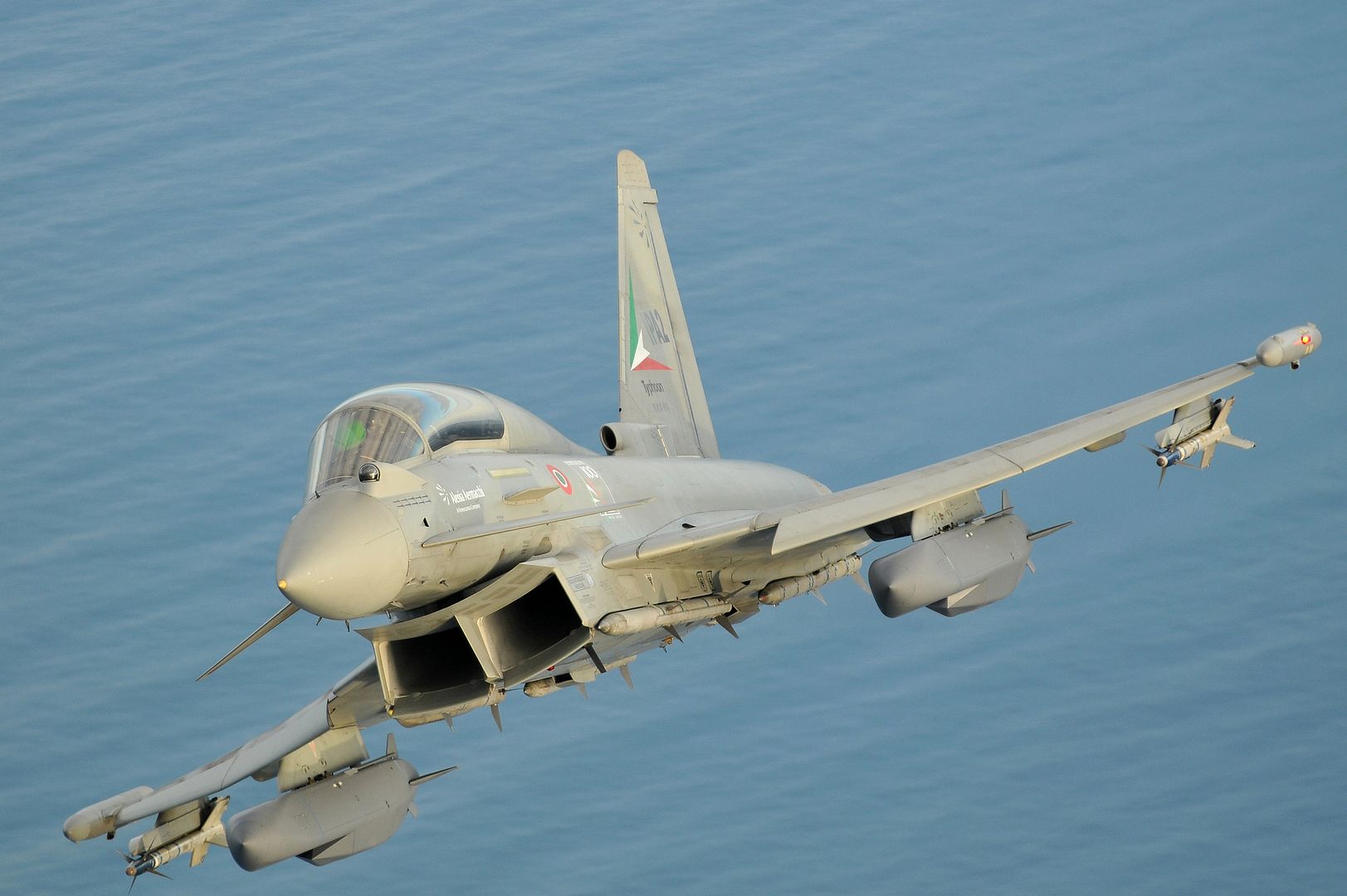
-
10 years ago
 Main AdminAn E-3 Sentry airborne warning and control system from the 961st Airborne Air Control Squadron takes off from Kadena on a daily basis to help maintain strategic access and freedom of movement across all domains, Nov. 10, 2015, at Kadena Air Base, Japan. The AWACS aircraft provides all-weather surveillance, command, control and communications needed by commanders of U.S., NATO and other allied air defense forces. (U.S. Air Force photo by Naoto Anazawa)
Main AdminAn E-3 Sentry airborne warning and control system from the 961st Airborne Air Control Squadron takes off from Kadena on a daily basis to help maintain strategic access and freedom of movement across all domains, Nov. 10, 2015, at Kadena Air Base, Japan. The AWACS aircraft provides all-weather surveillance, command, control and communications needed by commanders of U.S., NATO and other allied air defense forces. (U.S. Air Force photo by Naoto Anazawa)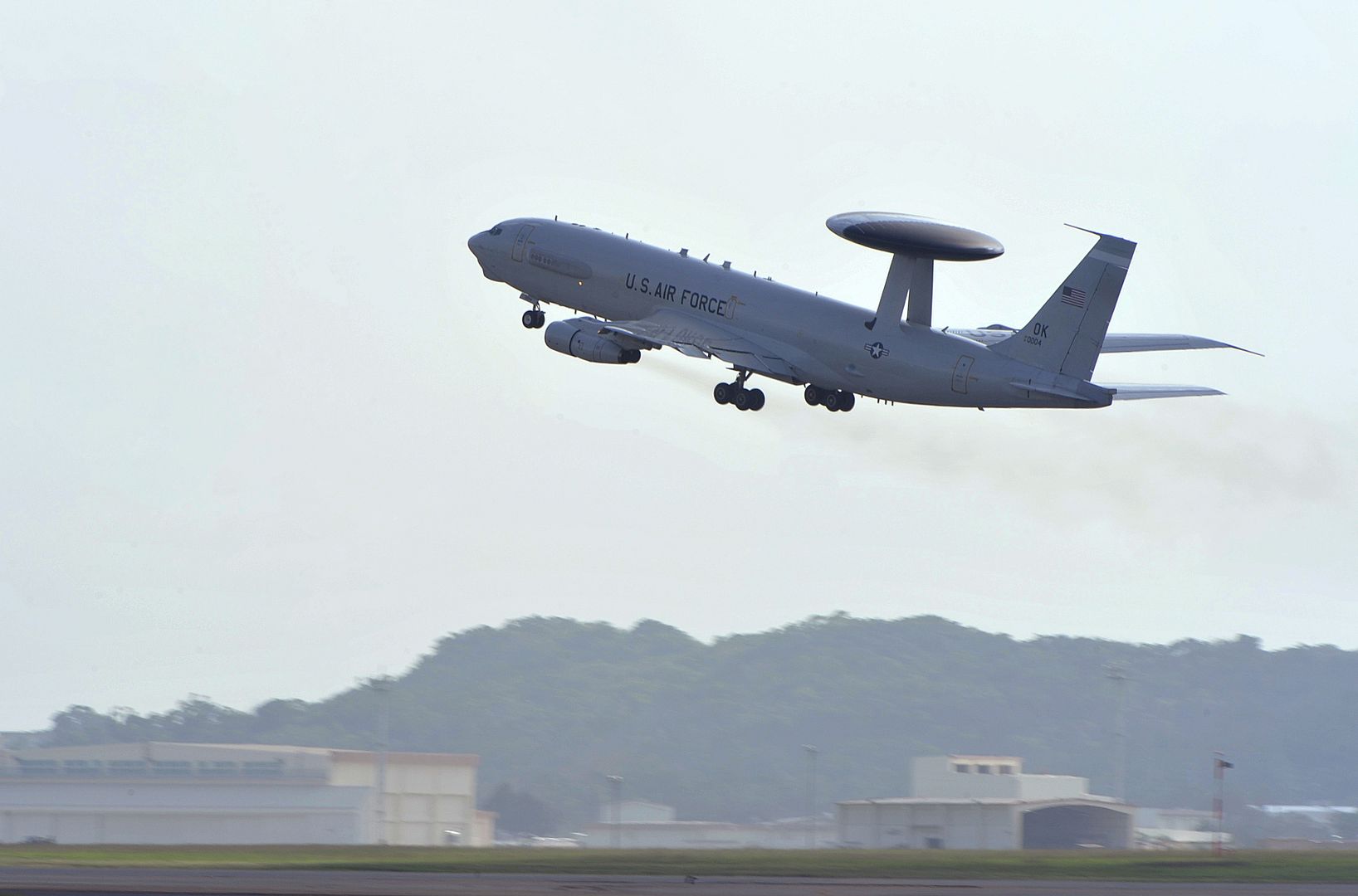
10 November 2015 Press Release
Vietnamese carrier Vietjet has placed a firm order with Airbus for the purchase of 30 more A321s (9 A321ceo and 21 A321neo). The order was signed at the Dubai Airshow by Vietjet President and CEO, Nguyen Thi Phuong Thao, and John Leahy, Airbus Chief Operating Officer, Customers.
?Today?s order for additional A321s responds to our growth strategy and to the need for additional seat capacity on both domestic and international routes,? said Nguyen Thi Phuong Thao, Vietjet President and CEO ?Our aim is to be Vietnam and Asia?s new age carrier, known for quality, efficiency and comfort and our A320 fleet has earned us this reputation.?
?This additional order from the fast growing airline Vietjet confirms the success of the A320 Family as the preferred choice for airlines in the single aisle market?, said John Leahy. ?We are delighted Vietjet once again selected the A321, our largest single aisle and the perfect partner for the airline?s continued impressive growth.?
Vietjet first took to the skies at the end of 2011 and now operates a fleet of 29 A320 Family aircraft including three A321s, on a network covering Vietnam and a growing number of destinations across Asia. Following today?s announcement the airline has placed firm orders with Airbus for a total of 99 A320 Family aircraft.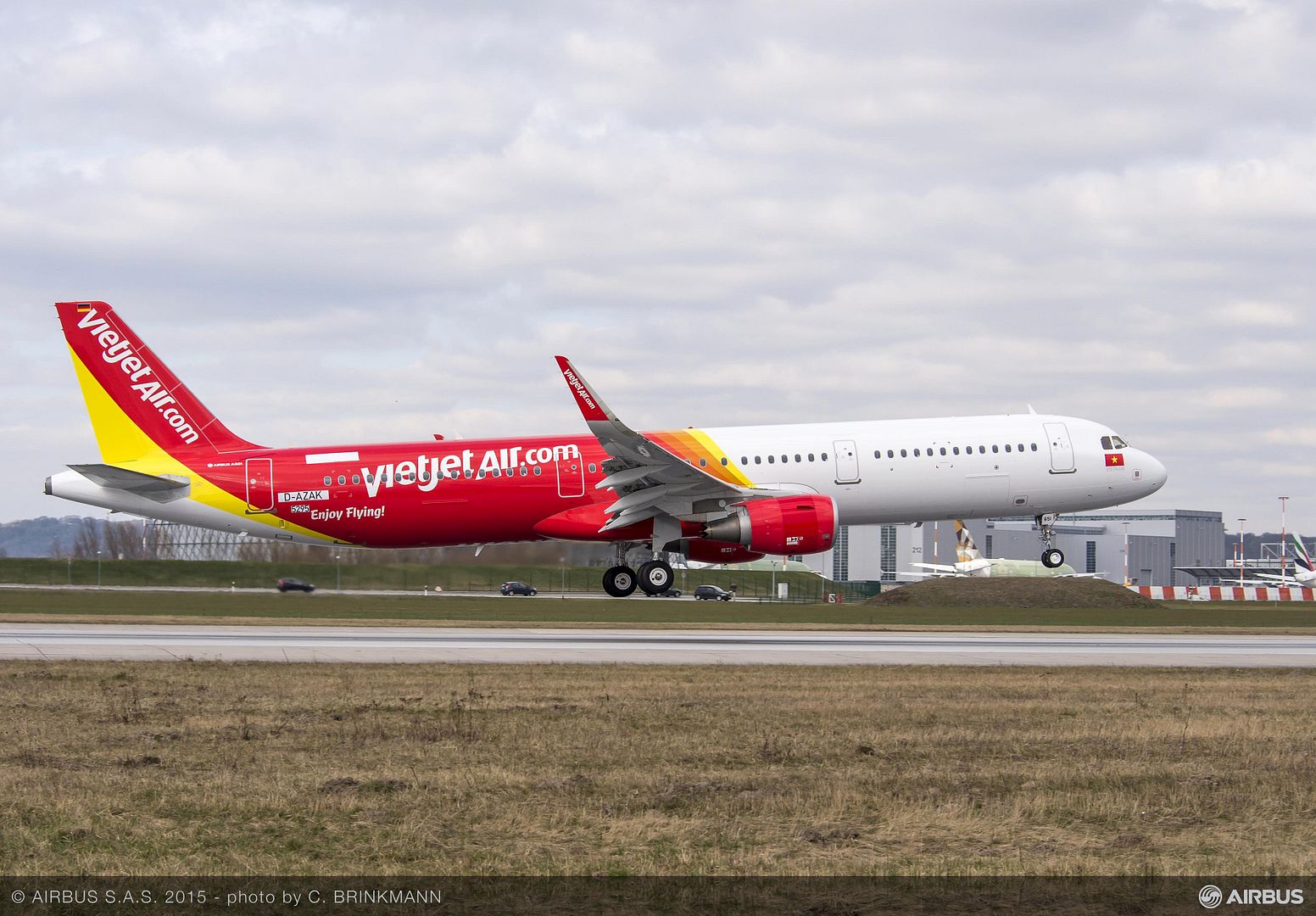
-
10 years ago
 Main AdminRAAF E7-A Wedgetail sets record in the Middle East
Main AdminRAAF E7-A Wedgetail sets record in the Middle East
A Royal Australian Air Force (RAAF) E-7A Wedgetail airborne early warning, control and surveillance aircraft has set a new record by flying a 17-hour operational mission over Iraq and Syria.
The aircraft captain said that the crew initially embarked on a fairly standard mission to survey the airspace above Iraq and Syria.
?Our main mission on the day was to fly a surveillance pattern over Iraq and Syria to assist coalition strike aircraft to target Daesh forces on the ground,? the aircraft captain said.
?A mission of this type would normally last around 13 hours ? a long time to be continuously working.?
?On this occasion though, as we approached our return time and already well into the night, we were asked to continue on for a few hours longer, so we took on more fuel from a Coalition air-to-air refuelling aircraft and kept flying.?
?It wasn?t until we had landed that I realised that we had hit the 17.1 hour mark ? a record for an E-7A.?
The Senior Surveillance and Control Officer explained that the Coalition demand for surveillance aircraft like the Australian E-7A was substantial.
?Even before the addition of Russian operations in Syria, there was a lot happening in the region that we needed to survey,? the Senior Surveillance and Control Officer said.
?The Russian operations have only increased the complexity of an already very complex area, making our work even more important.
?We have a large and powerful radar that feeds data from the battle space to a crew of Surveillance and Control Officers in the back of the aircraft who interpret that data.
?We provide all the information back to the Combined Air Operations Centre who then plan the US-led air operations in the Middle East, including for our aircraft, the KC-30A tanker and six F/A-18 Hornets.
?The crew worked really hard that day and night.
?I think everyone was really proud to be a part of the milestone, especially because we?re on operations where our work really contributes to a worthwhile objective like disrupting and degrading Daesh.?
The Australian aircraft participate in close air support and precision strike operations, air to air refuelling and airborne command and control in Iraq and Syria as part of the international coalition formed to disrupt and degrade the Daesh threat.
Nagoya, November 11, 2015 ?
Mitsubishi Aircraft Corporation and Mitsubishi Heavy Industries, Ltd. (MHI) today conducted the first flight of the first flight test aircraft for the MRJ (Mitsubishi Regional Jet), their next-generation regional jet.
The MRJ took off from Nagoya Airport and confirmed its basic characteristics and functionality in ascent, descent and turning in airspace off the Pacific coast during its 1.5-hour first flight.
?The MRJ successfully took to the sky today thanks to ongoing cooperation and support from all members involved,? said Hiromichi Morimoto, President, Mitsubishi Aircraft Corporation. ?We will make our utmost efforts towards type certificate acquisition, committing all our resources to develop and produce the finest regional jet aircraft to enter commercial service in 2017.?
?Operational performance of the MRJ was far better than expected. We had a significantly comfortable flight,? said Pilot Yasumura, who served as captain.
Mitsubishi Aircraft and MHI will continue to conduct flight tests for the first delivery scheduled for the second quarter of 2017. The flight tests in the US are scheduled to start in the second quarter of 2016, from the MRJ base at Grant County International Airport at Moses Lake in Washington State.
Going forward, Mitsubishi Aircraft and MHI continue to devote their collective resources towards the successful completion of the MRJ project.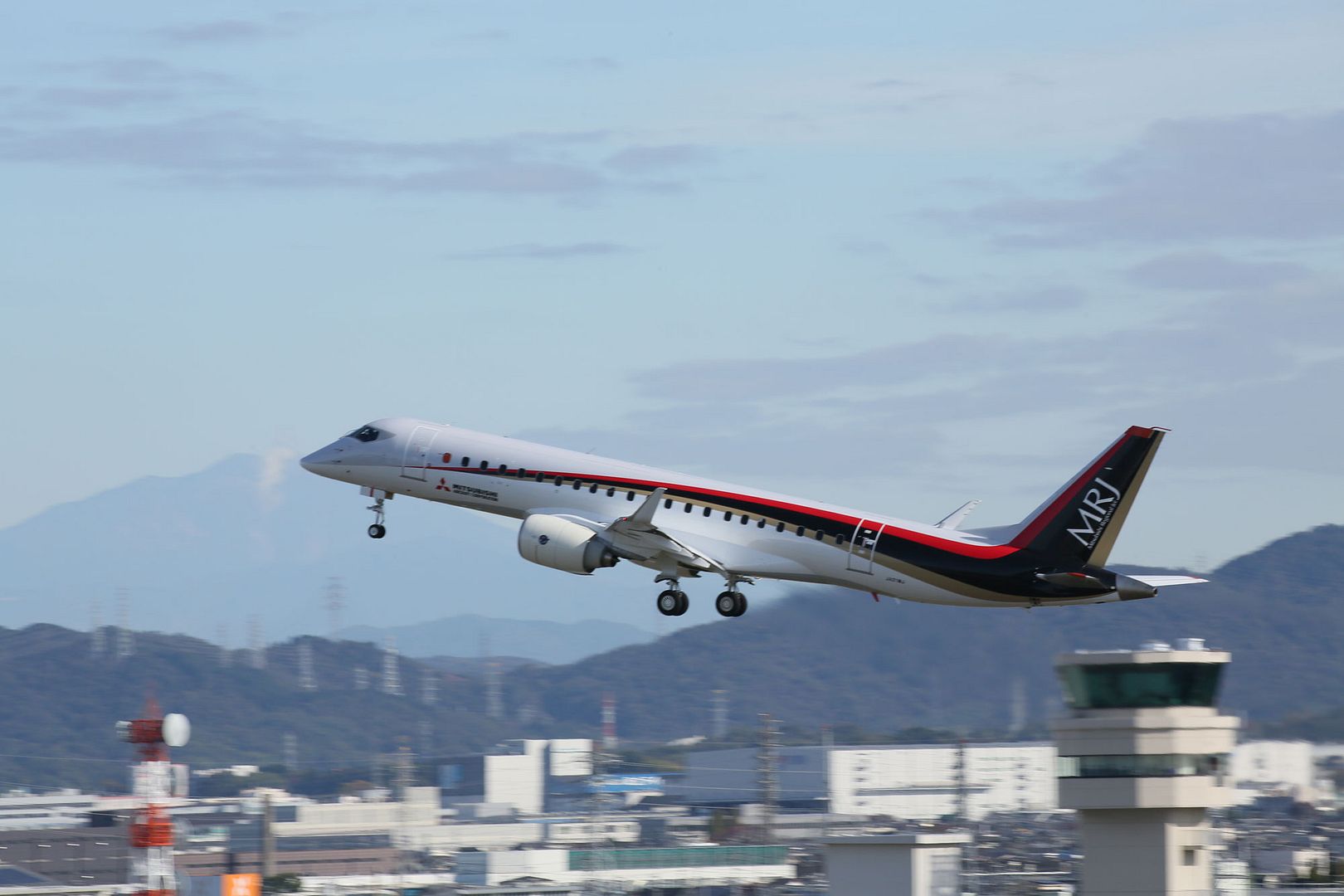
From February to April 2015, French Navy?s Rafale M F3 omnirole combat aircraft, equipped with the brand-new RBE2 Active Electronically-Scanned Array (AESA) radar and assigned to the 11th Fleet Air Squadron (Flotille 11F), operated in the Arabian Gulf from the Charles de Gaulle nuclear-powered aircraft carrier.
Tasked for Close Air Support (CAS) missions and Intelligence, Surveillance and Reconnaissance (ISR) missions to the benefit of Operation Inherent Resolve (OIR) over Iraq, the French Navy pilots had the opportunity to assess the cutting-edge capabilities of the Rafale?s RBE2 ?AESA? radar in a very demanding environment.
The RBE2 ?AESA? radar?s extended range capabilities supporting low-observable target detection tremendously enhance the situational awareness during the ISR missions performed over the battlefield. Indeed, many UAVs or unknown flights were detected and reported by the ?Rafale-RBE2 ?AESA?? duo.
Reliable and resistant to jamming, the AESA radar brought confidence and efficiency to the pilots, a key to success in these complex missions.
? Rafale is the only European combat aircraft in operational service to incorporate today the cutting-edge ?AESA? radar technology.
A United Arab Emirates F-16 performs during the 2015 Dubai Airshow on Nov. 10, 2015. The air show is a biennial event and is recognized as the premier aviation and air industry event in the Gulf and Middle East region and is one of the largest air shows in the world. (U.S. Air Force photo by Tech. Sgt. Nathan Lipscomb)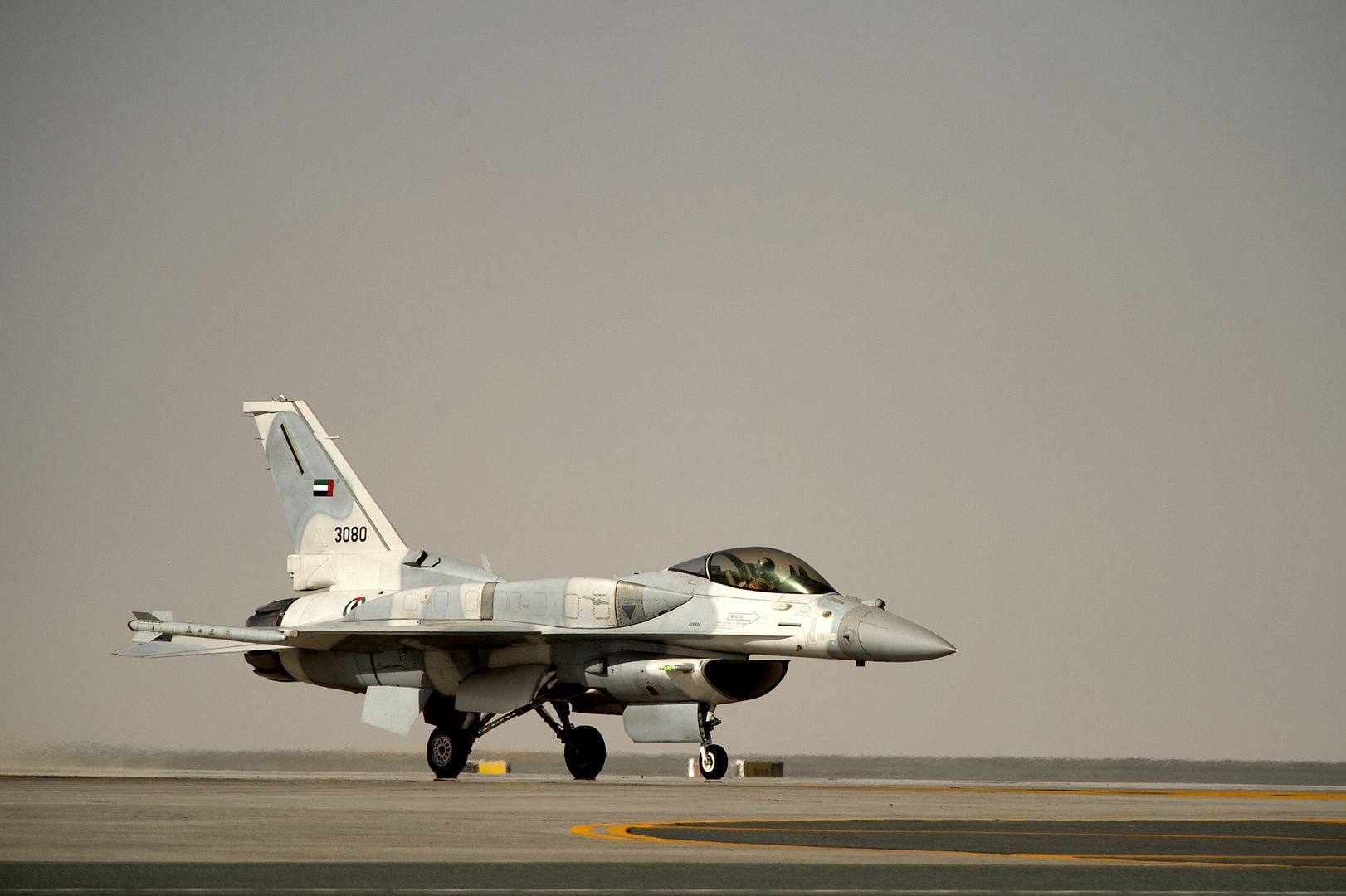
Sunnyvale, Calif., Nov. 10, 2015 ? The U.S. Navy conducted successful test flights Nov. 7 and 9 of two Trident II D5 Fleet Ballistic Missiles built by Lockheed Martin (NYSE: LMT). The world?s most reliable large ballistic missile, the D5 missile has achieved a total of 157 successful test flights since design completion in 1989. The D5 is the sixth in a series of missile generations deployed since the sea-based deterrent program began 60 years ago.
The Navy launched the unarmed missiles in the Pacific Ocean from a submerged Ohio-class submarine. The missiles were converted into test configurations using kits produced by Lockheed Martin that contain range safety devices and flight telemetry instrumentation. The test flights were part of a demonstration and shakedown operation, which the Navy uses to certify a submarine for deployment following an overhaul.
?This reliability record is a testament to the unwavering dedication to the deterrence mission by the Navy program office, the submarine crews and the industry team,? said Mat Joyce, vice president of Fleet Ballistic Missile programs and deputy for Strategic and Missile Defense Systems, Lockheed Martin Space Systems. ?Building on a six-decade history of success, we?re moving into the future by implementing new engineering methods that will pave the way for continued innovation and performance.?
To support the U.S. Navy Strategic Systems Programs, Lockheed Martin is incorporating modernized electronics technology to cost effectively prolong the service life of the D5 missile design on current and next-generation submarine platforms. These two missile flights formally qualify the new flight control and interlocks electronics packages for deployment in 2017. The modernized avionics subsystems, which control key missile functions during flight, enable missile life extension through 2042.
The company also is transitioning to designing components in a digital environment and using 3-D printing to efficiently produce prototypes.
?This is an example of how Lockheed Martin continually moves forward in advancing our ballistic missile systems to ensure that we are employing the latest technologies to meet our customers? mission and budget requirements,? said Joyce.
The Trident II D5 missile is deployed aboard U.S. Navy Ohio-class and U.K. Royal Navy Vanguard-class submarines to deter nuclear aggression. The three-stage ballistic missile can travel a nominal range of 4,000 nautical miles and carry multiple independently targeted reentry bodies.
Lockheed Martin has been the Navy?s strategic missile prime contractor since Dec. 27, 1955 ? one of the longest government and industry partnerships for a major U.S. weapon system. The company also performs program management and engineering services for the Royal Navy under the Polaris Sales Agreement.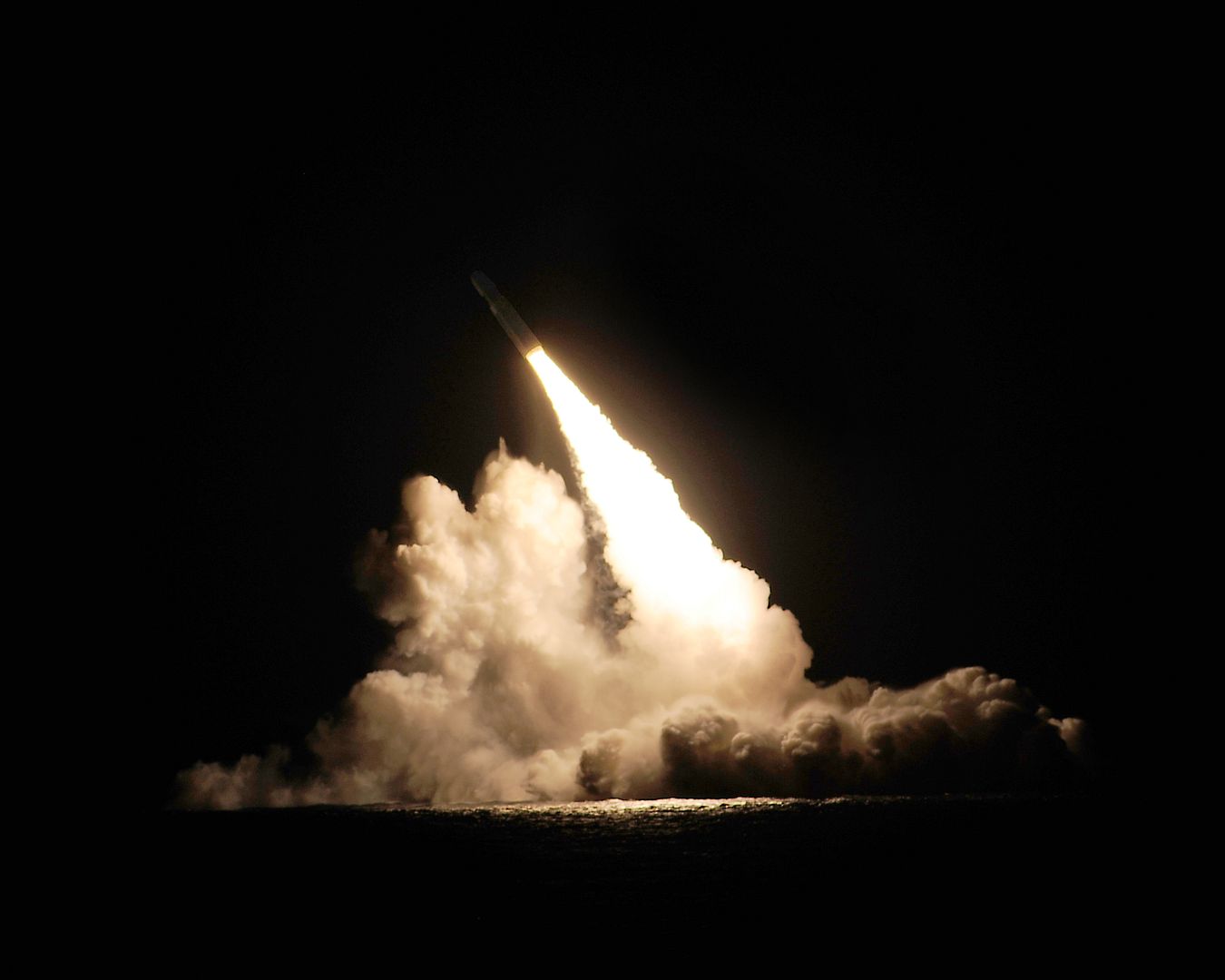
-
10 years agoThu Nov 12 2015, 08:13pm
 Main AdminFirst Flight Of Restored Fw 190 In Australia
Main AdminFirst Flight Of Restored Fw 190 In Australia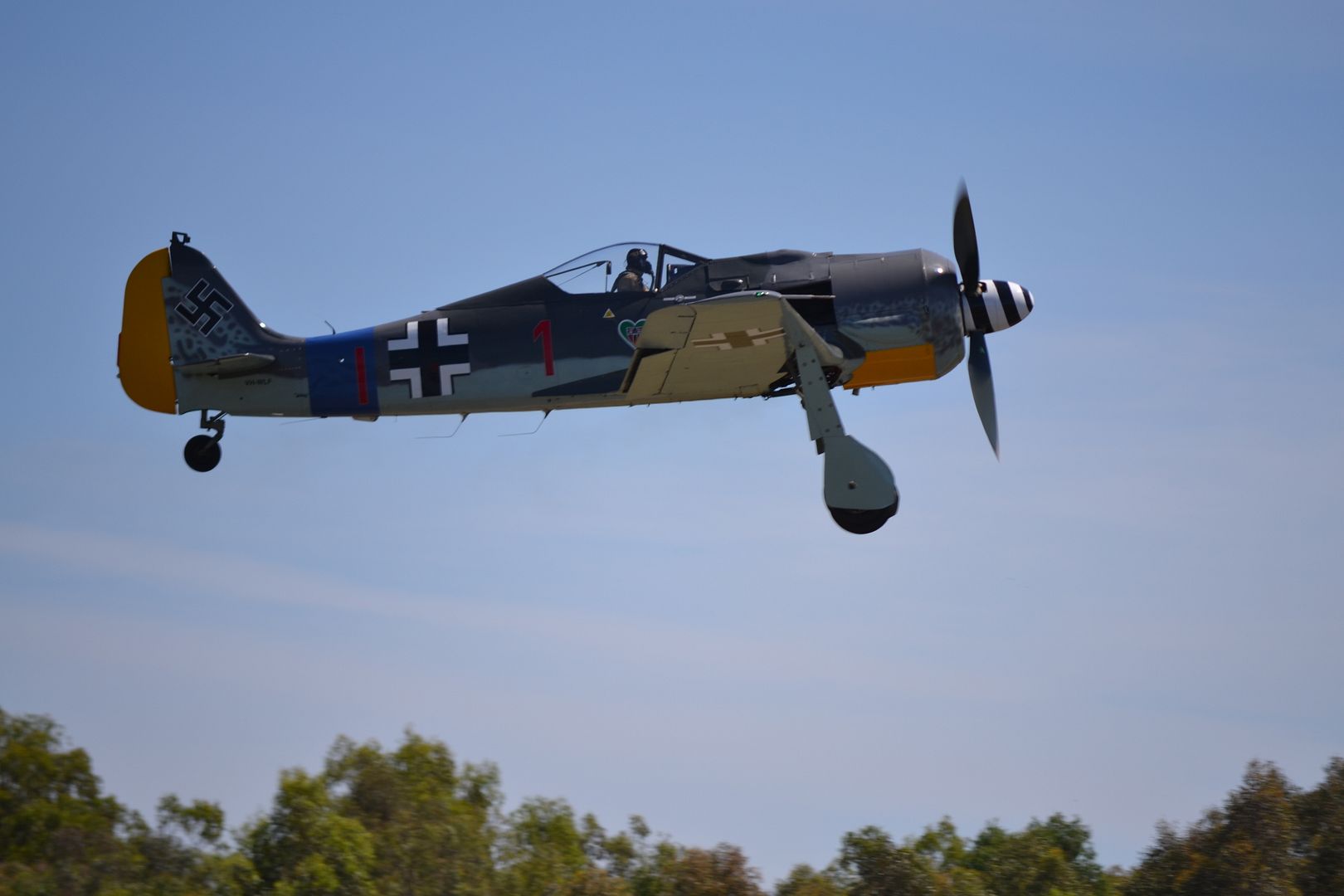
LINK -- http://www.aeroaustraliamag.com/first-flight-of-restored-fw-190-in-australia/
SEATTLE, Nov. 11, 2015 /PRNewswire/ -- Boeing (NYSE: BA) and Ryanair celebrated the Irish low-cost carrier's 375th direct delivery of a Next-Generation 737-800 today. Ryanair is the largest Next Generation 737-800 customer in the world having ordered more than 530 of the airplane type.
"As Europe's largest airline, the reliability and customer appeal of the Boeing 737-800 aircraft has been the cornerstone of our successful growth over the last 16 years and we are proud to take delivery of our 375th Boeing 737-800 aircraft today," said Mick Hickey, Ryanair's Chief Operations Officer. "Our current and future Boeing orders will allow us to grow our fleet to over 540 all-Boeing aircraft, which will see our traffic double from 91 million annual customers last year to 180 million per annum by 2024."
The Dublin based airline is this year celebrating its 30th anniversary of operations since its first flight in 1985. Today, Ryanair is the largest all-Boeing operator in Europe.
"A key component of Ryanair's success has been the safe, reliable and economic performance of the Next-Generation 737-800," said Todd Nelp, vice president of European Sales, Boeing Commercial Airplanes. "We are honored by Ryanair's continued confidence in our products as we celebrate this significant milestone in our shared history."
Ryanair is also the launch customer of the 737 MAX 200, the newest member of the 737 MAX family, ordering 100 airplanes in 2014. A variant based on the successful 737 MAX 8, the 737 MAX 200 can accommodate up to 200 seats, increasing revenue potential and providing customers up to 20 percent better fuel efficiency per seat than today's most efficient single-aisle airplanes.
Ryanair operates more than 1,600 flights per day and is projected to carry more than 105 million passengers this year. As well as 100 737 MAX 200s, the carrier also has more than 150 unfilled orders for 737-800s.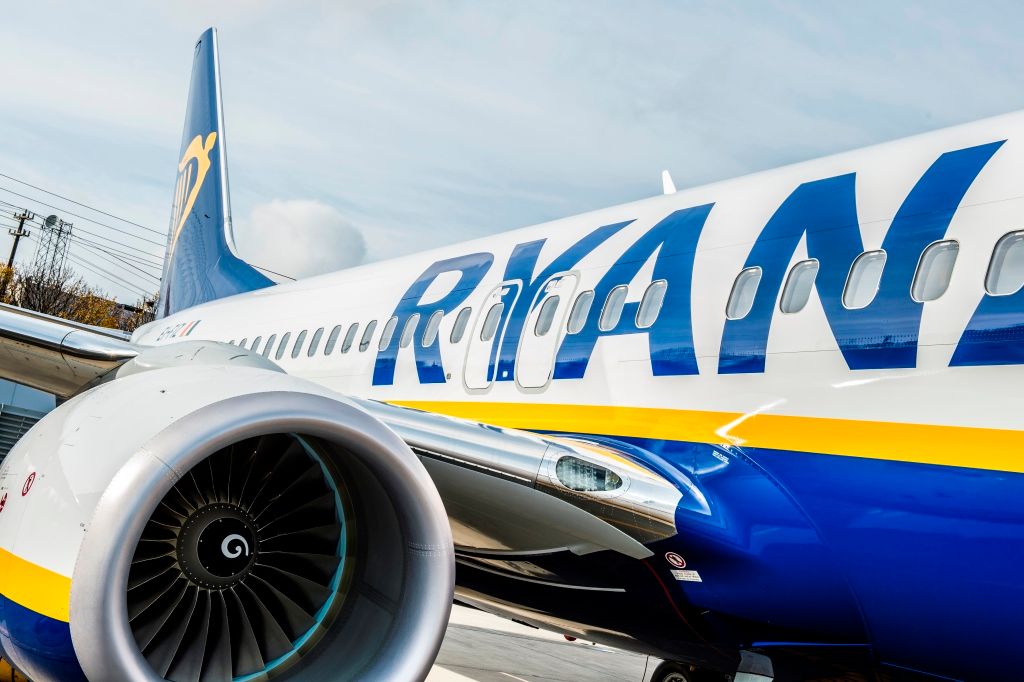
EVERETT, Wash., Nov. 11, 2015 /PRNewswire/ -- Boeing [NYSE:BA] and EVA Air today celebrated the unveiling of the airline's new livery during a delivery ceremony for the carrier's 22nd 777-300ER (Extended Range).
"Today, we unveiled a new livery design to herald our continuing commitment to service innovation," said EVA Chairman K.W. Chang. "EVA was a launch customer for the 777-300ER in 2005 and the aircraft has become the backbone of our long-haul fleet. By the end of 2017, we will be operating more than 30 Boeing 777-300ERs. These new generation Boeing 777-300ERs have significantly upgraded our in-flight service and cabin environment."
This delivery is also the first of four 777?s to be leased from Air Lease Corporation (ALC) to EVA. The carrier is expected to grow its partnership with ALC as it continues to expand its long-haul fleet.
EVA's new corporate identity retains its original compass design, borrowed from the logo of its parent company, Evergreen Group, which symbolizes the airline's seamless network and services. In the livery, the simplified tail design establishes the compass as the focal point for the EVA Air brand and represents the carrier's commitment to quality service and flight safety.
"We are truly honored EVA chose to unveil its brand new livery on the 777-300ER," said Ray Conner, president and CEO of Boeing Commercial Airplanes. "The 777-300ER is a market-leading airplane and has helped EVA provide world-class service to its customers. The Boeing Company is proud to play an integral role in enhancing EVA's brand and their continued success going forward."
EVA Air currently operates more than 36 Boeing airplanes, including 21 777-300ERs. The airline plans to introduce seven more 777-300ERs to its fleet by the end of 2016 and deploy them on North American routes.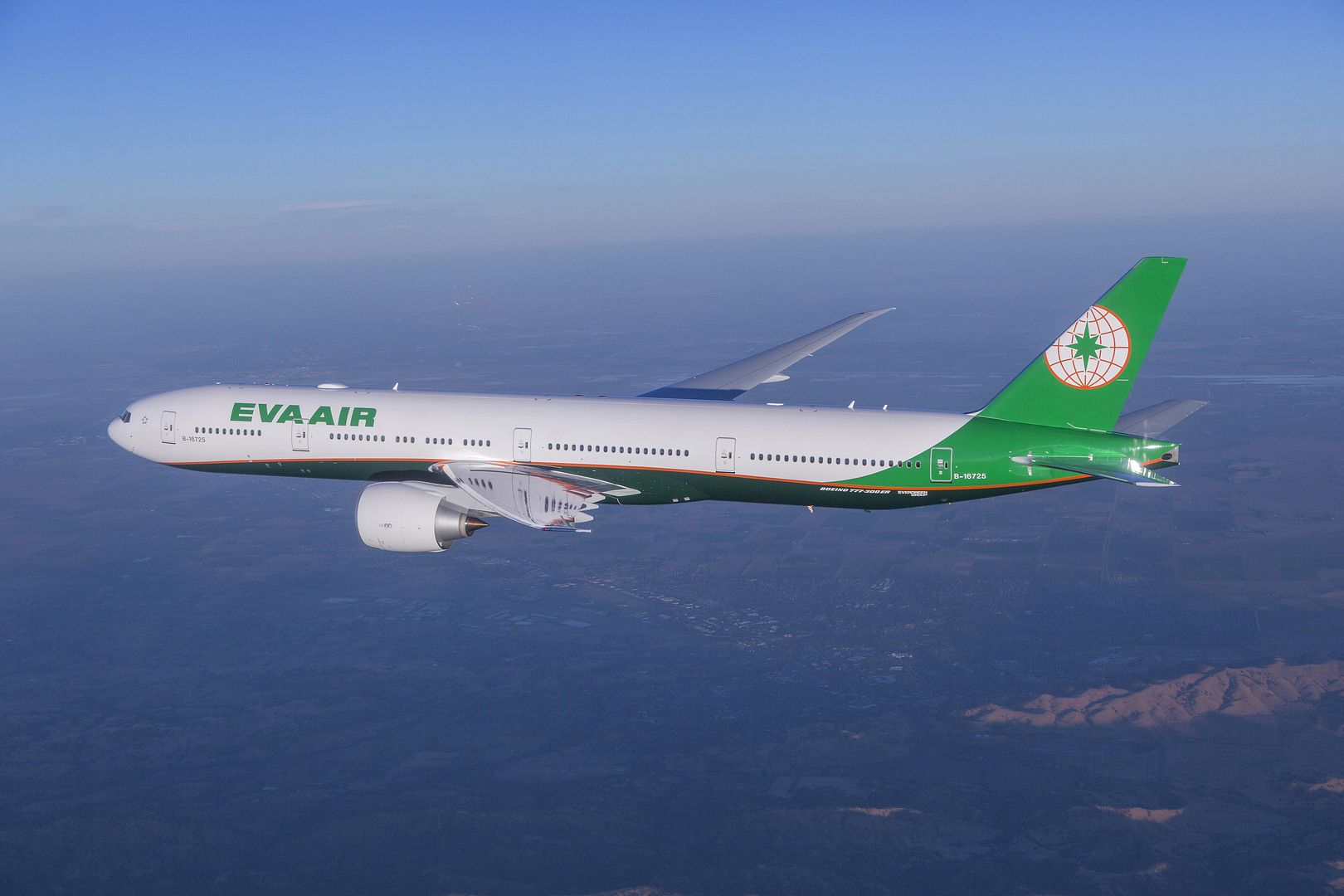
A U.S. Air Force F-15E Strike Eagle from the 493rd Fighter Squadron at RAF Lakenheath, lands Nov. 12, 2015, at Incirlik Air Base, Turkey. The aircraft are deployed to Incirlik AB in response to the government of Turkey's request to provide support to combat air patrol mission in Turkey. As an air-to-air and air-to-ground fighter aircraft, the F-15E specializes in gaining and maintaining air superiority. (U.S. Air Force photo by Airman 1st Class Cory W. Bush/Released)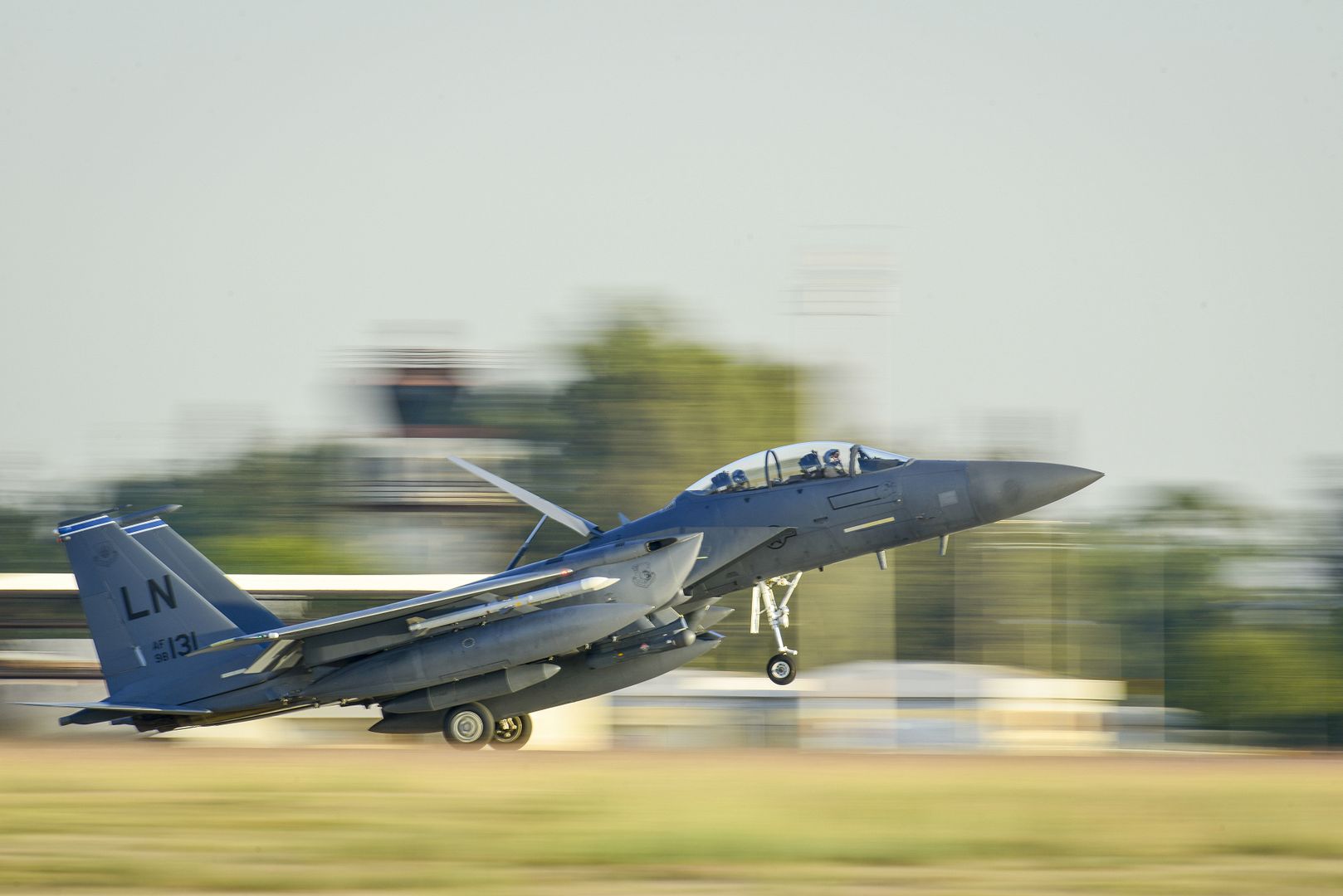
-
10 years agoFri Nov 13 2015, 06:53pm
 Main AdminLUKE AIR FORCE BASE, Ariz. (AFNS) -- The first two Norwegian F-35s arrived here Nov. 10. Shortly after, a Norwegian pilot flew the F-35 Lightning II for the first time, in conjunction with the Royal Norwegian Air Force's birthday.
Main AdminLUKE AIR FORCE BASE, Ariz. (AFNS) -- The first two Norwegian F-35s arrived here Nov. 10. Shortly after, a Norwegian pilot flew the F-35 Lightning II for the first time, in conjunction with the Royal Norwegian Air Force's birthday.
The F-35 program took its first step forward, integrating partner nations with the arrival of the first Australian F-35 Dec. 18, 2014, at Luke. Almost a year later, the next big international step for the program came when two Italian pilots completed their first flight in an F-35 here Nov. 5.
This marks the second international partner to have F-35s arrive for training at Luke.
"Today is a great day for the 62nd Fighter Squadron, the 56th Fighter Wing, and the U.S. and Norwegian air forces," said Lt. Col. Gregory Frana, the 62nd FS commander. "Since the 62nd FS stood up as an F-35 squadron back in June of 2015, we have been focused on training the world's best F-35 pilots. Today, as we accept our first partner aircraft into the squadron, we are one step closer to fulfilling our mission of training the best F-35 pilots from around the world."
The day was a result of the combined efforts of the U.S. and its Norwegian partners.
"Over the past few months, we have been working closely with our Norwegian partners to ensure that we are ready to receive and fly the most technologically advanced aircraft the world has ever seen," Frana said. "Today is the result of a monumental team effort, but the effort will not stop here. The effort will continue as the U.S. and our partners bring the F-35 to initial operational capability and utilize this amazing machine to strengthen alliances and defend our national interests."
Similar to the partnership Norway had with the U.S. and other partner nations with the F-16 Fighting Falcon, the F-35 partnership will make for an unstoppable force.
"When it comes to the partnership, we see a very good transfer from our experience with the F-16 to the F-35," said Royal Norwegian Air Force Maj. Morten Hanche, a 62nd FS training pilot. "Working with the same and some new partners will allow us the same benefits. Also, it will allow us to easily integrate and operate together as one force. This is because we train together, we know each other and we keep it very similar."
Eight other nations will be training alongside the U.S. on the new airframe. Other partner nations that will be joining the U.S., Norway and Australia include Turkey, Italy, and the Netherlands, in addition to Foreign Military Sales countries Japan, Korea and Israel.
"When the F-35 deploys in the future, it will be alongside our Norwegian partners," said Brig. Gen. Scott Pleus, the 56th FW commander. "The relationships built here in the West Valley will be critical to both our nations as we move forward. Building partnership activities is priceless as the Air Force reinforces long-established bonds and cultivates new friendships through training opportunities, exercises and military-to-military events."
Luke currently has 32 F-35s and by 2024, Luke is scheduled to have six fighter squadrons and 144 F-35s. Norway will have seven F-35s stationed at Luke.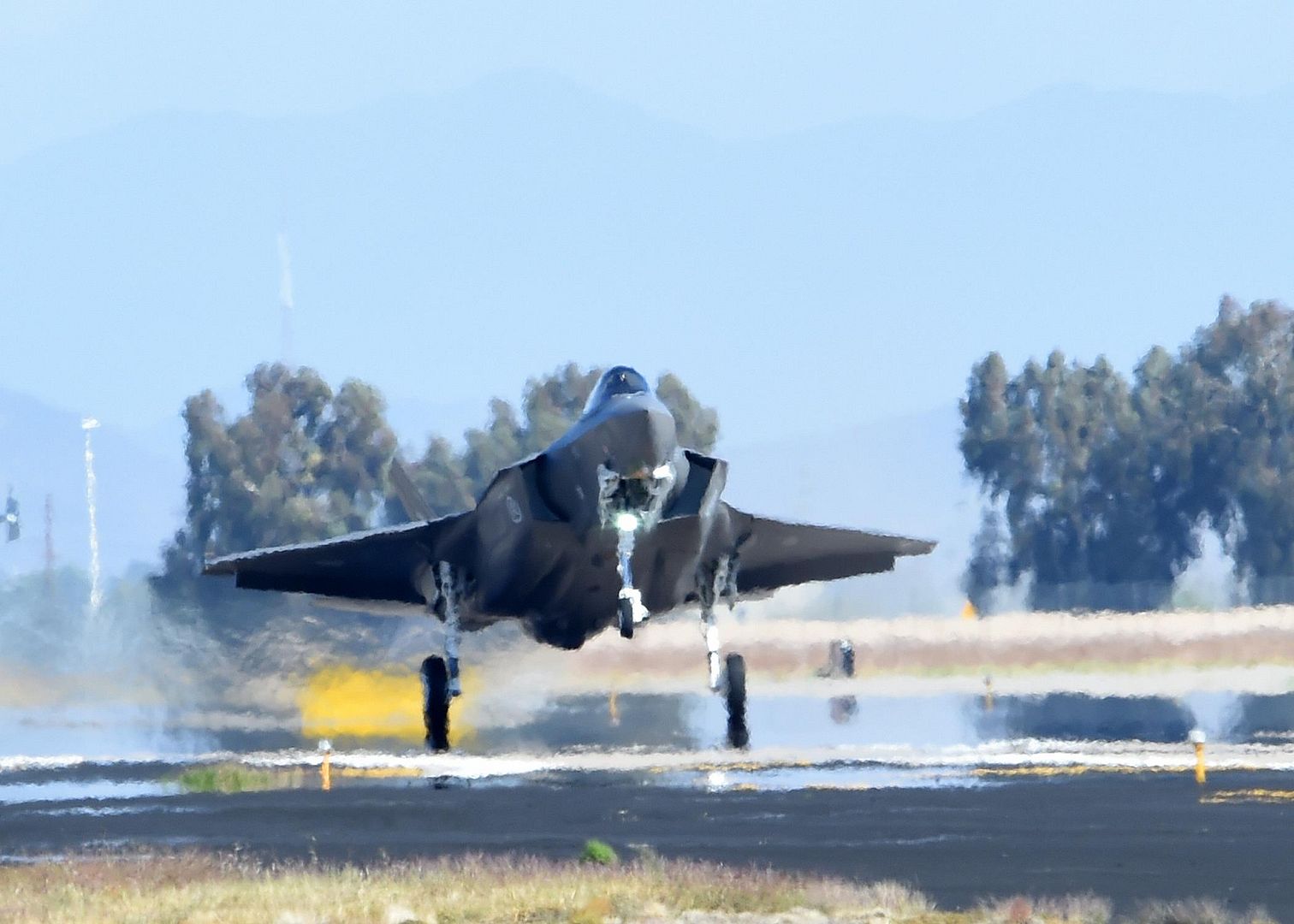

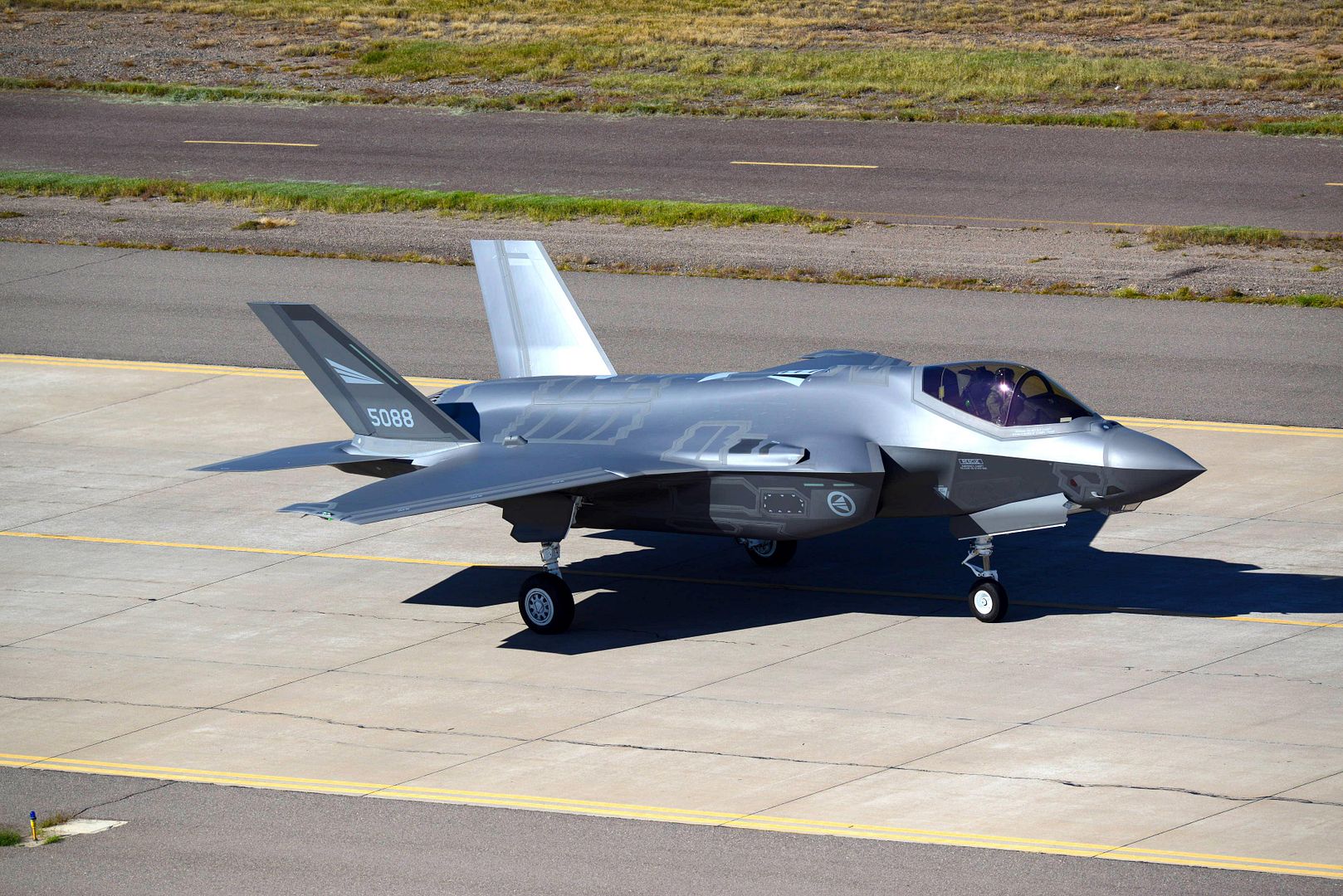
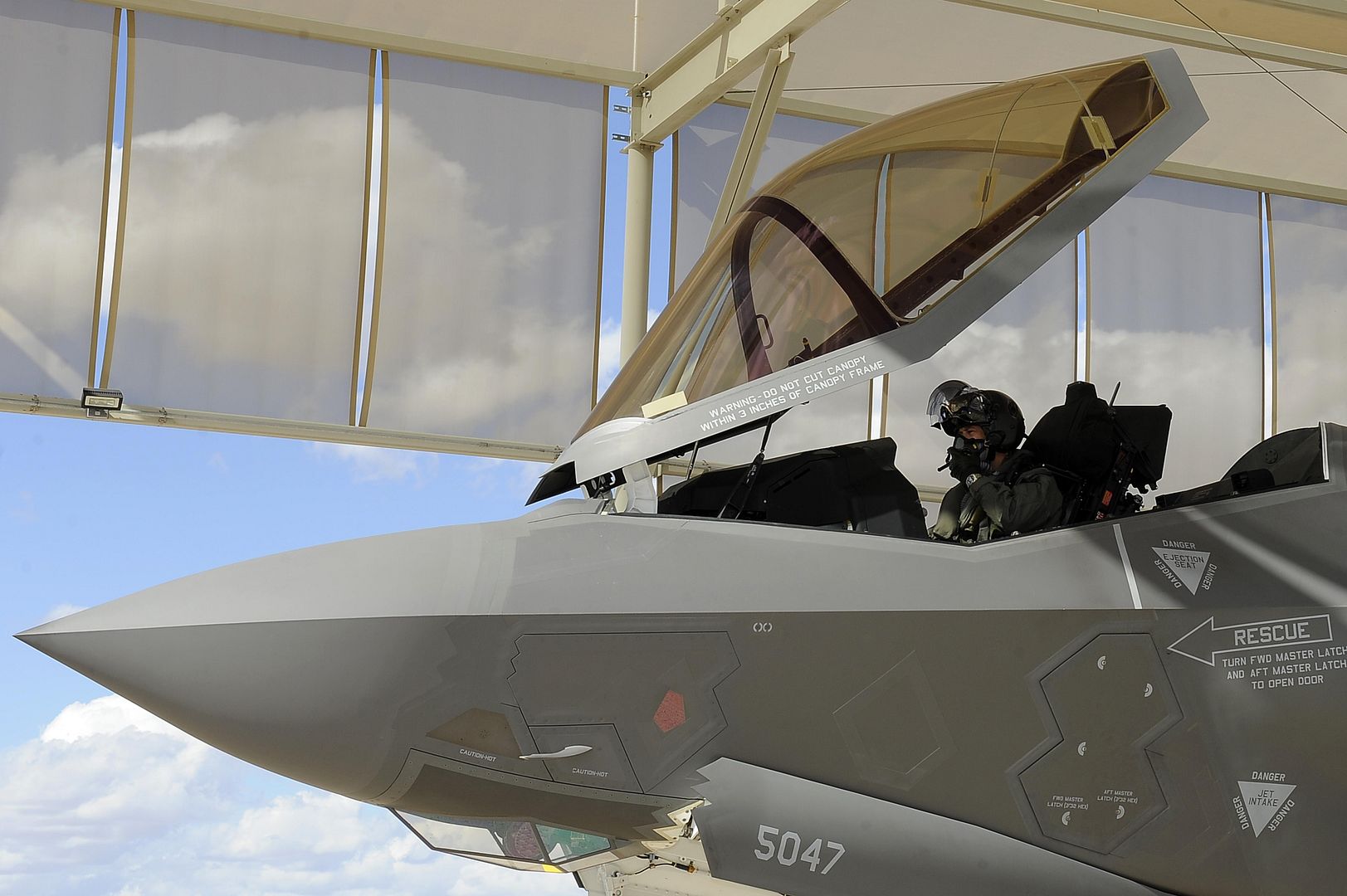
SOTO CANO AIR BASE, Honduras (AFNS) -- A C-5 Galaxy delivered 23,415 pounds of humanitarian aid supplies to Soto Cano Air Base, Honduras, Nov. 9 through the Denton Program.
The 68th Airlift Squadron's C-5 traveled from Joint Base San Antonio-Lackland, Texas, with stops at Maxwell Air Force Base, Alabama, and Joint Base Charleston, South Carolina, picking up 10 pallets of cargo consisting of medical supplies and equipment, clothing, donations and a tractor destined to Desarrollo Oropoli of Siguatepeque.
The Denton Program was created to allow private U.S. citizens and organizations to use space available on U.S. military cargo planes to transport humanitarian goods to countries in need.
The C-5 also delivered three pallets of supplies for use to maintain/fix equipment on Soto Cano AB and the Marines MH-53 helicopters.
Once at Soto Cano, members from the 612th Air Base Squadron unloaded the cargo. The 612th ABS provides air base support to Joint Task Force-Bravo and 12th Air Force (Air Forces Southern), covering air traffic control, logistics, base civil engineering, fire department, airfield operations and personnel functions.
Nongovernmental organizations will use these supplies to provide aid not only to Hondurans, but also to those in need all over Central America.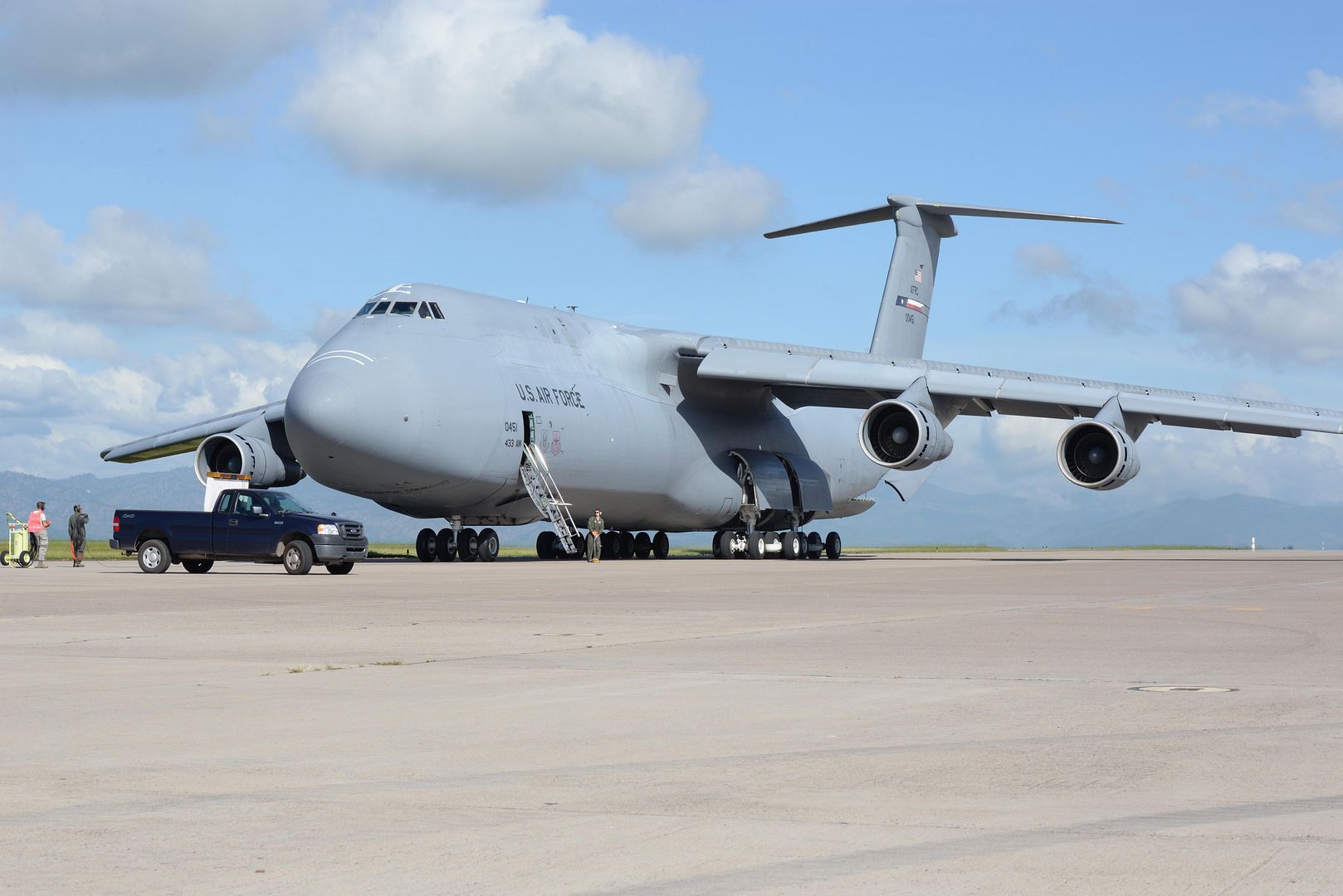
PHILIPPINE SEA (Nov. 13, 2015) Sailors signal a pilot to start up an engine of an F/A-18E Super Hornet from the "Dambusters" of Strike Fighter Squadron (VFA) 195 on the flight deck of the U.S. Navy's only forward-deployed aircraft carrier USS Ronald Reagan (CVN 76). Ronald Reagan and its embarked air wing, Carrier Air Wing (CVW) 5, provide a combat-ready force that protects and defends the collective maritime interests of the U.S. and its allies and partners in the Indo-Asia-Pacific region. (U.S. Navy photo by Mass Communication Specialist 3rd Class Nathan Burke/Released)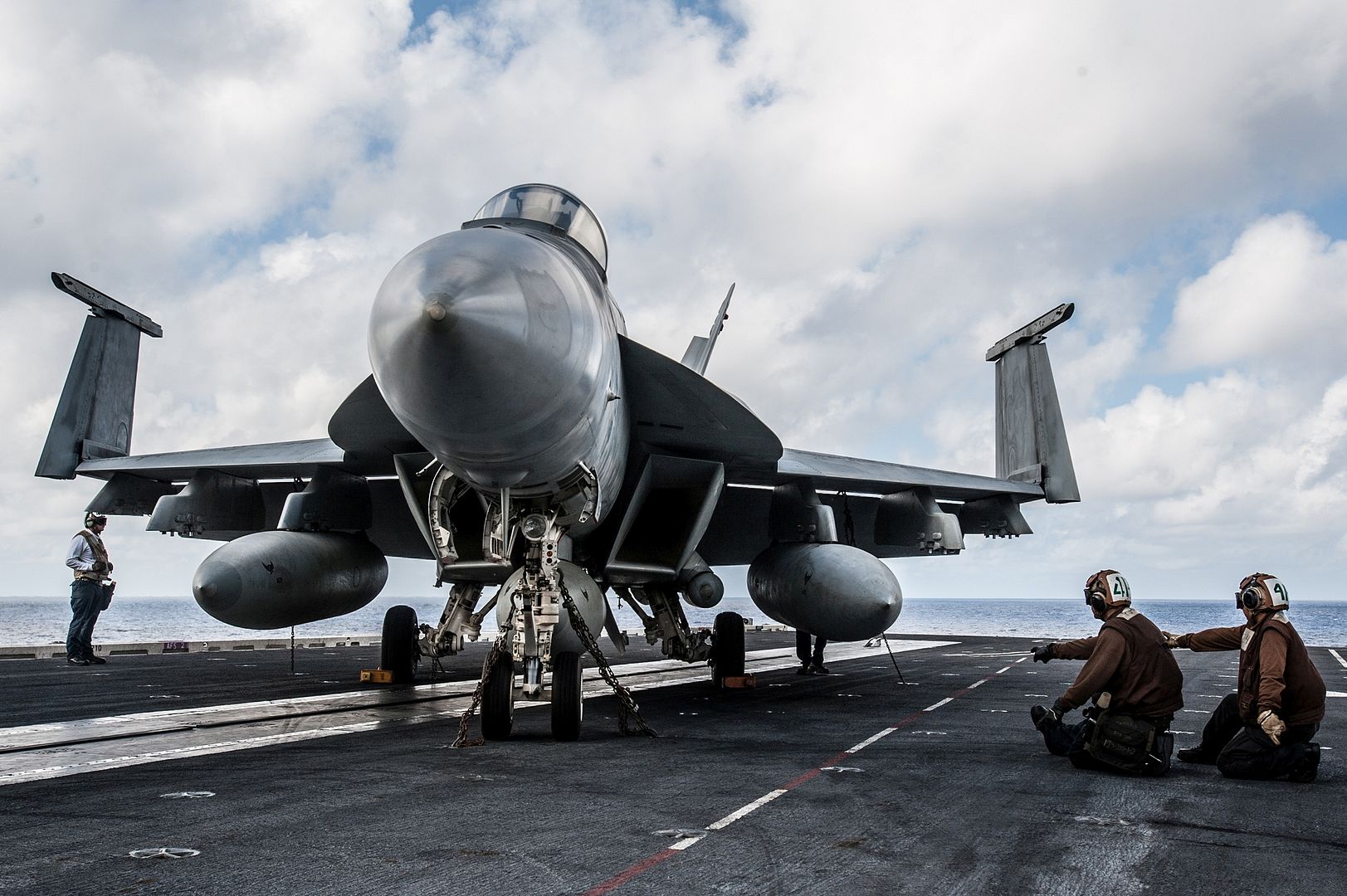
CHINHAE (Nov. 13, 2015): Explosive Ordnance Disposal Technicians, assigned to Explosive Ordnance Disposal Mobile Unit (EODMU) 5, board a MH-53 Pave Low flow operated by Helmineron (HM) 14 with Republic of Korea Underwater Demolition Team and Sea, Air and Land Teams prior to conducting Helicopter Rope Suspension Technique (HRST) operations during Exercise Clear Horizon on Commander Fleet Activities Chinhae. Exercise Clear Horizon is an annual bilateral exercise between the U.S. and Republic of Korea navies that focus on increasing capabilities and coordination between ships, and aircraft in mine countermeasures in international waters surrounding the Korean peninsula. EODMU5 is assigned to Commander, Task Force (CTF) 75, the primary expeditionary task force responsible for the planning and execution of coastal riverine operations, explosive ordnance disposal, diving engineering and construction, and underwater construction in the U.S. 7th fleet area of responsibility. (U.S. Navy Combat Camera Photo by Mass Communication Specialist 2nd Class Daniel Rolston/RELEASED)
An F-15E Strike Eagle from the 48th Fighter Wing approaches a KC-135 Stratotanker from the 100th Air Refueling Wing for refueling Nov. 12, 2015, over the northern Mediterranean. While deployed to Incirlik Air Base, Turkey, both wings will work together in support of Operation Inherent Resolve counter-ISIL operations in Iraq and Syria. (U.S. Air Force photo's by Senior Airman Kate Thornton/Released)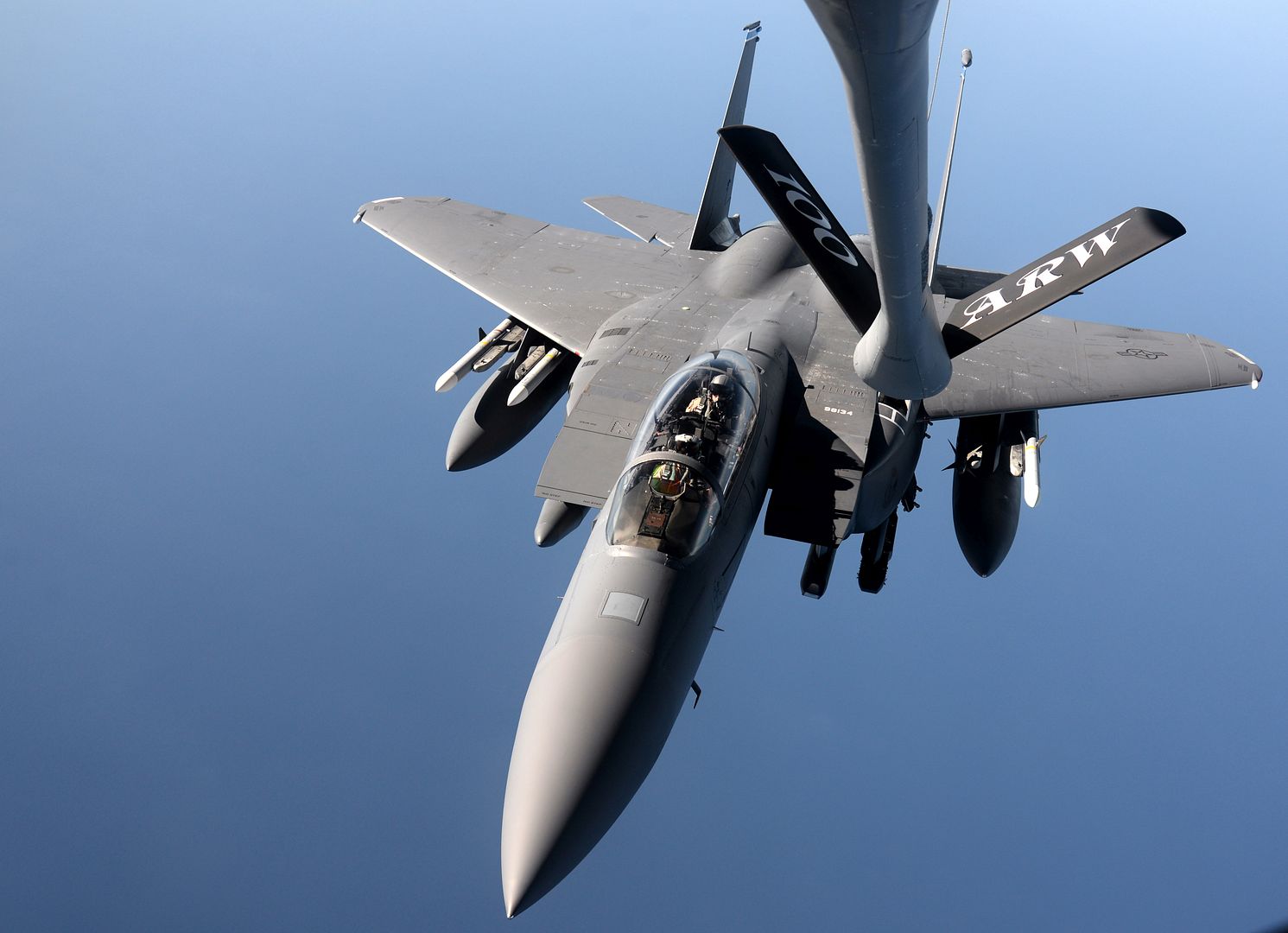
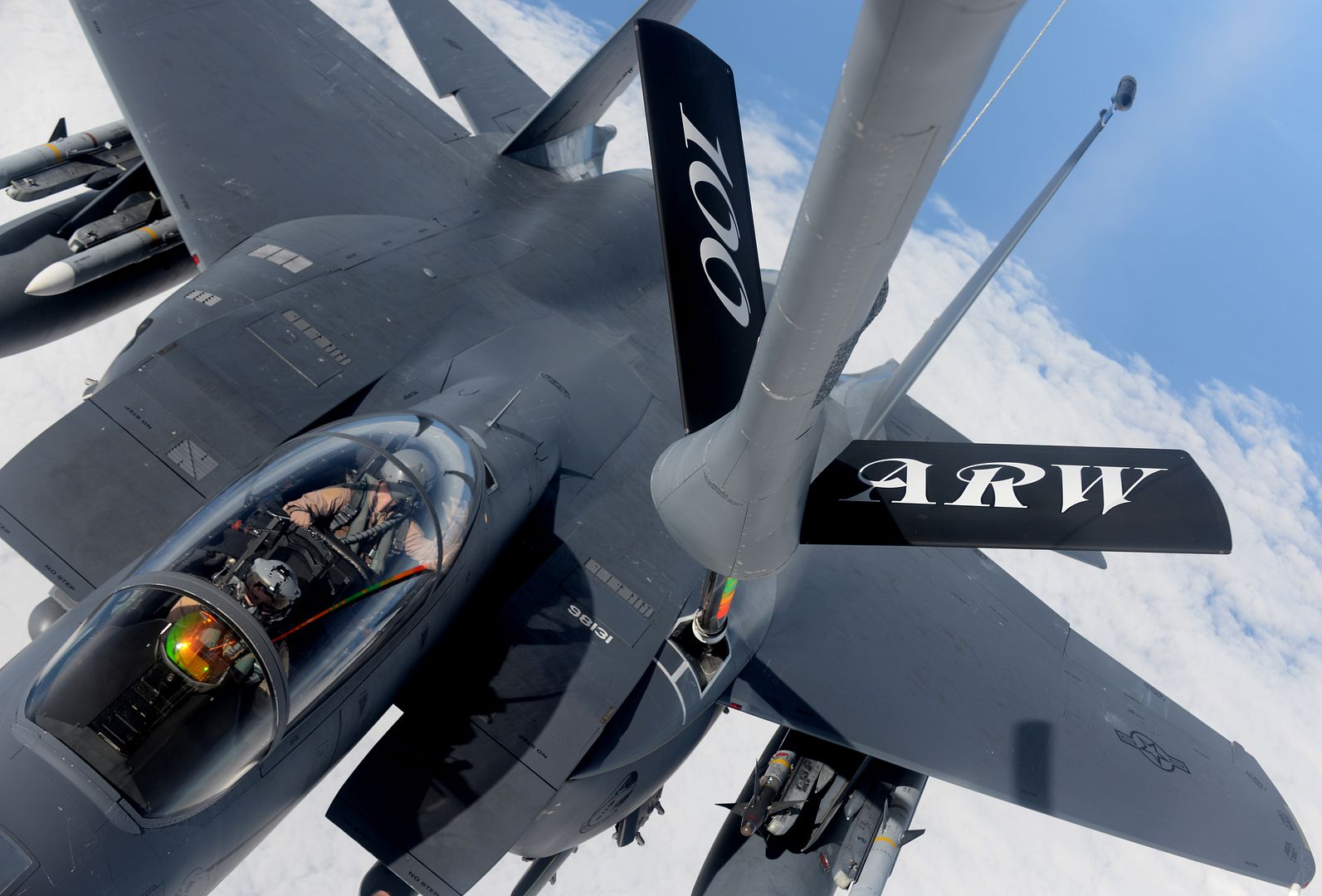
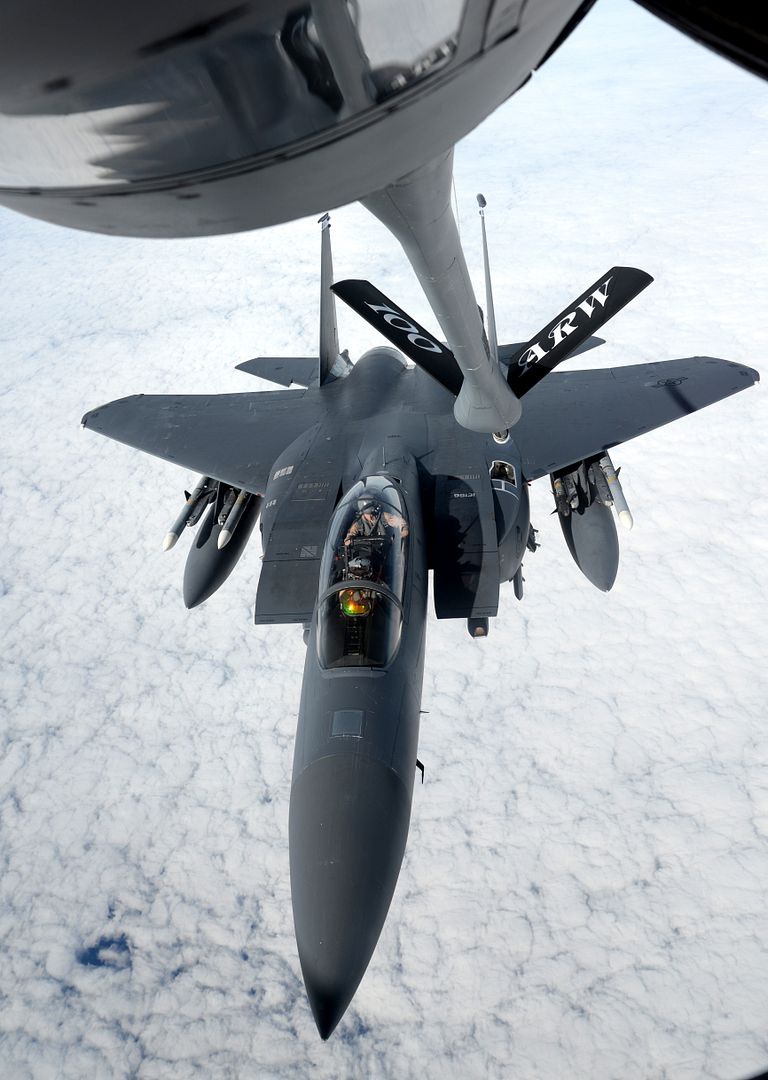
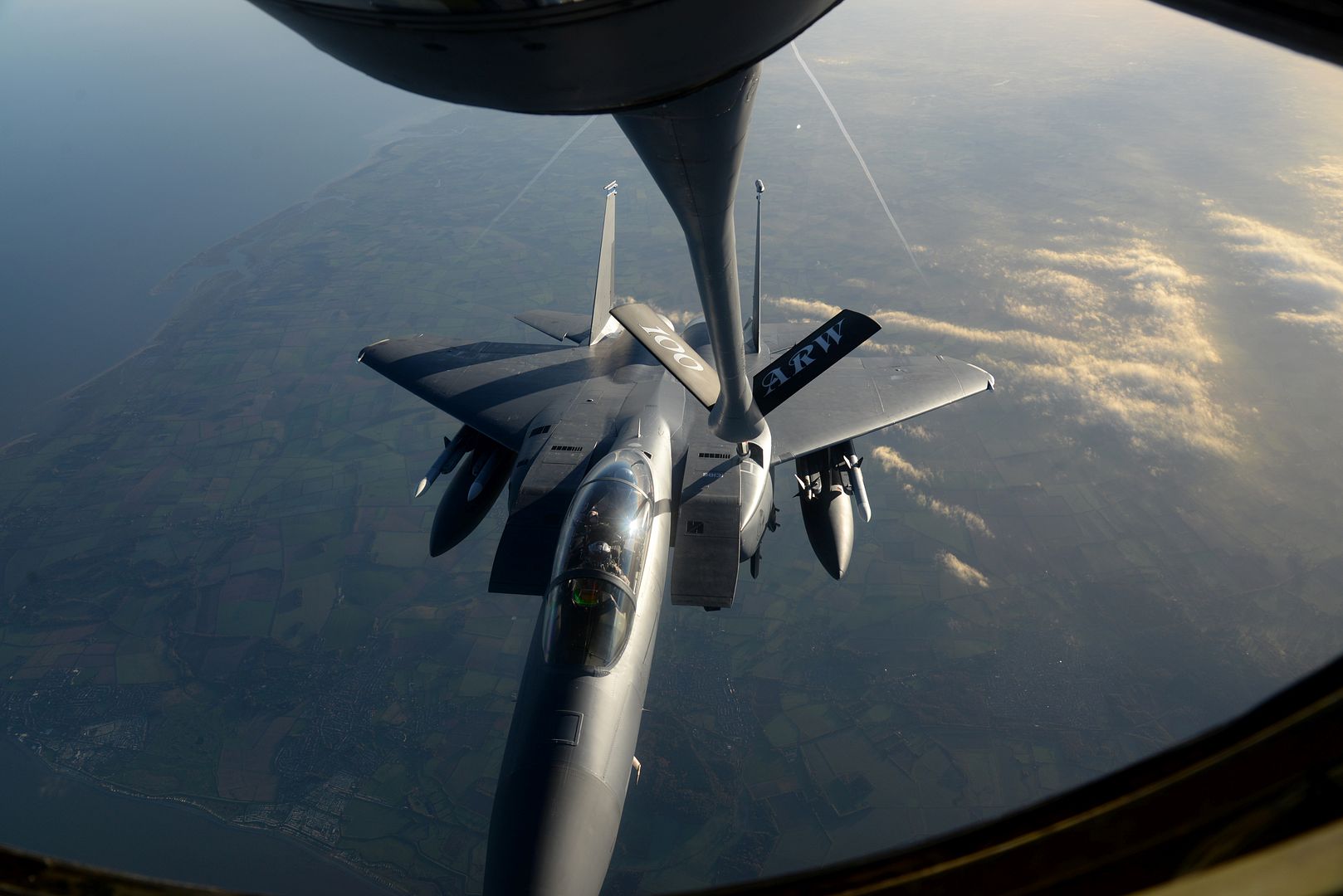
US Marine Corps Osprey have taken up residence on the flightdeck of HMS Ocean for a series of US/UK exercises.
For several weeks the MV-22 Osprey tilt-rotor aircraft will fly off the deck of HMS Ocean transporting US and Royal Marines from ship to shore as they conduct amphibious assault training in the Mediterranean.
Able to carry up to 24 personnel, the Osprey can travel further, faster and higher than helicopters meaning greater reach for the men of 45 Commando Royal Marines currently deployed on Cougar 15 the Royal Navy?s annual deployment of the UK?s high readiness maritime expeditionary force.
It is not the first time that Osprey have flown from Ocean as they used the landing platform as a ?lily pad? during NATO?s recent exercise Trident Juncture - prior to that the last landing onboard was over five years ago.
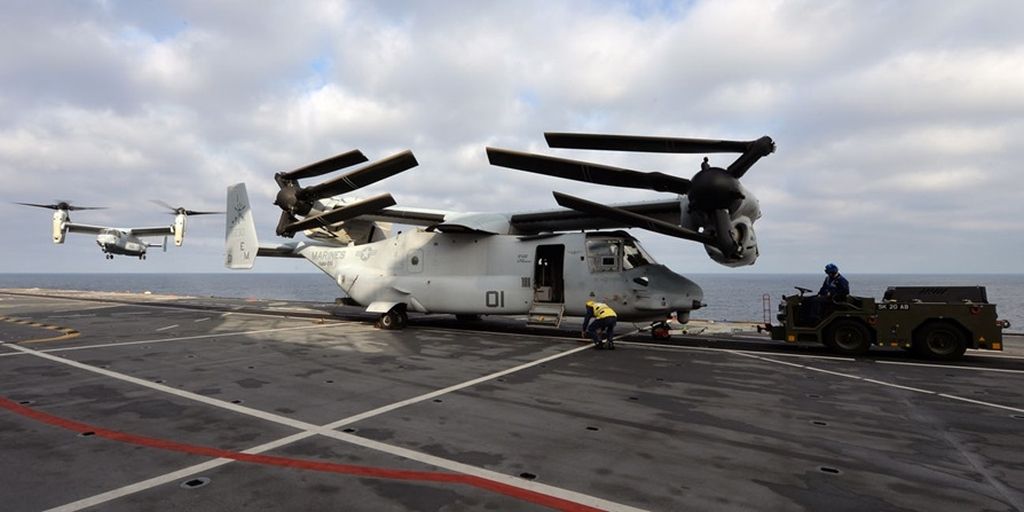
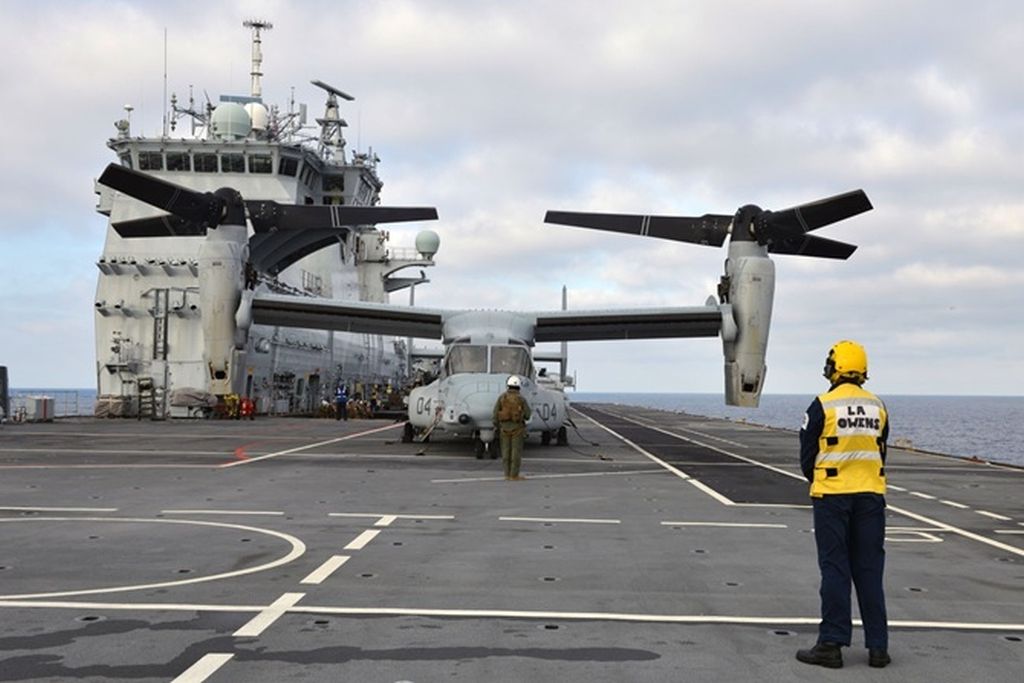
However this time round an Osprey detachment will be based on the Royal Navy flagship.
Commander Adie Baker, responsible for aviation operations in HMS Ocean said:
?Having just taken over as Commander Air, it is terrific to have the opportunity to work with the Osprey so early in my tenure.
?While they have visited Ocean in the past, having them embarked for a few weeks for amphibious exercises is the next step in increasing our ability to operate more closely with our allies.?
-
10 years agoMon Nov 16 2015, 07:27pm
 Main AdminU.S. Air Force F-15E Strike Eagle's shortly after landing Nov. 12, 2015, at Incirlik Air Base, Turkey. The F-15Es from the 48th Fighter Wing based at RAF Lakenheath, U.K., will join U.S., Turkish, and other coalition aircraft in supporting OIR and counter-ISIL missions. (U.S. Air Force photo's by Airman 1st Class Cory W. Bush/Released)
Main AdminU.S. Air Force F-15E Strike Eagle's shortly after landing Nov. 12, 2015, at Incirlik Air Base, Turkey. The F-15Es from the 48th Fighter Wing based at RAF Lakenheath, U.K., will join U.S., Turkish, and other coalition aircraft in supporting OIR and counter-ISIL missions. (U.S. Air Force photo's by Airman 1st Class Cory W. Bush/Released)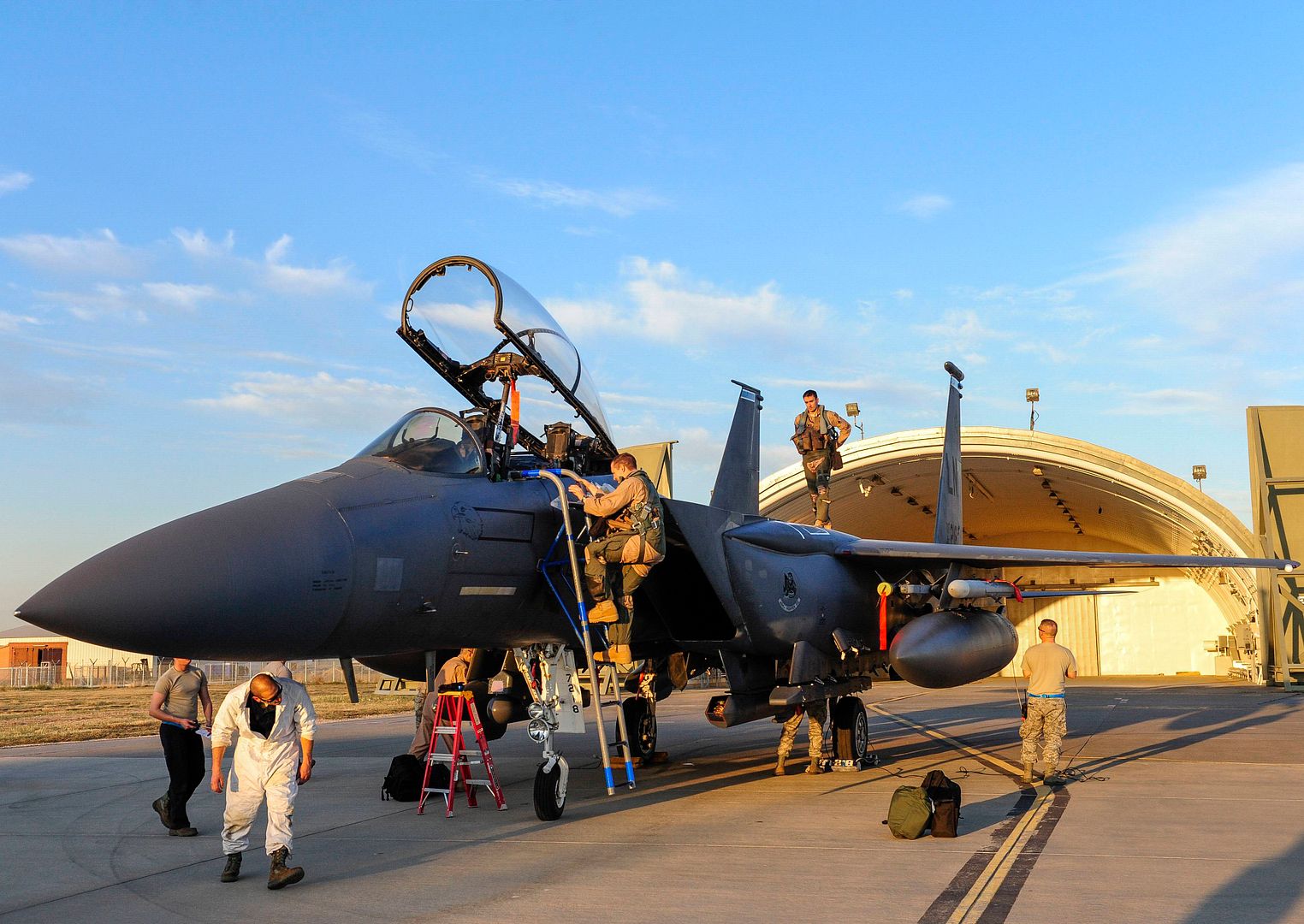
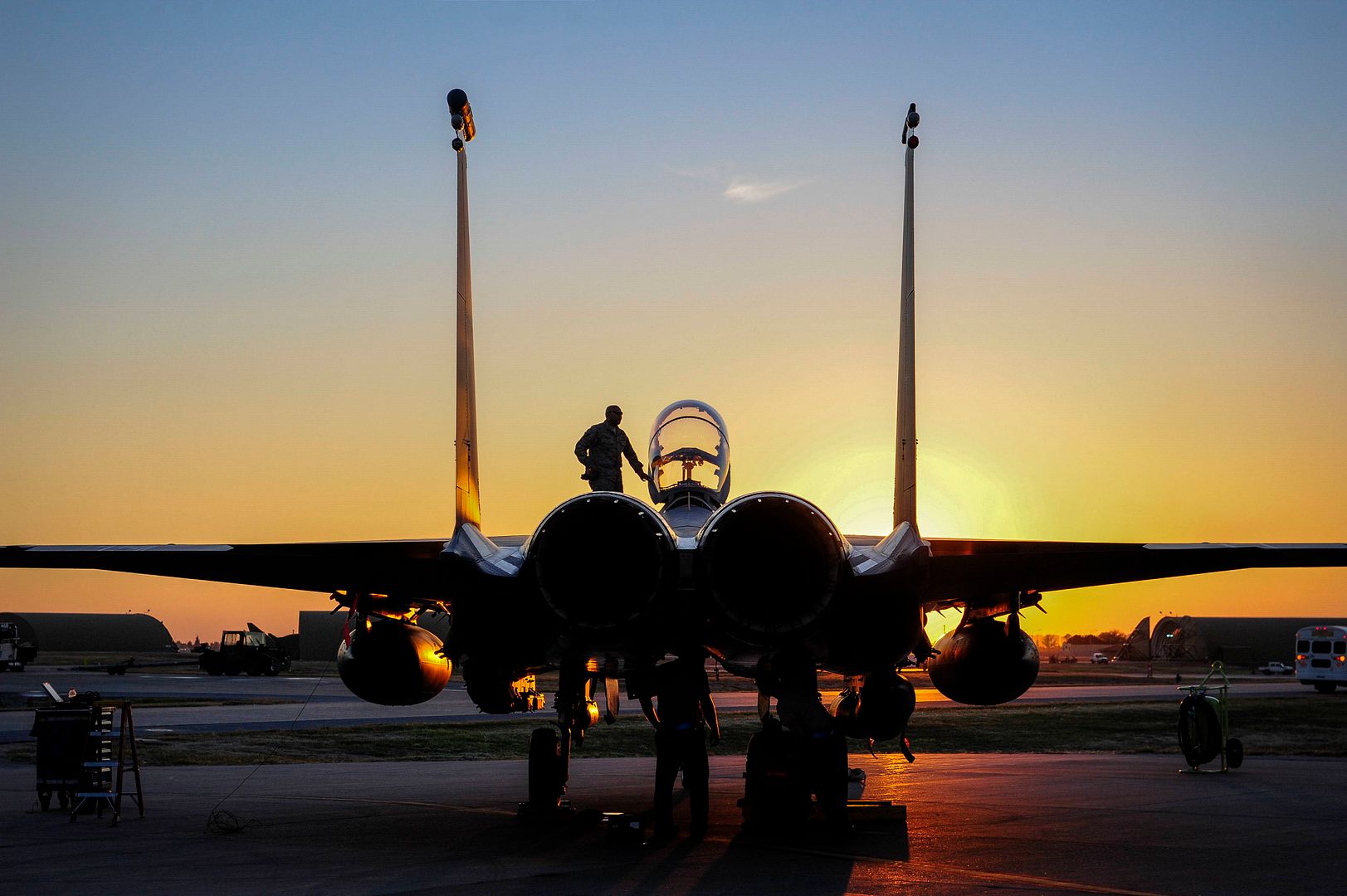
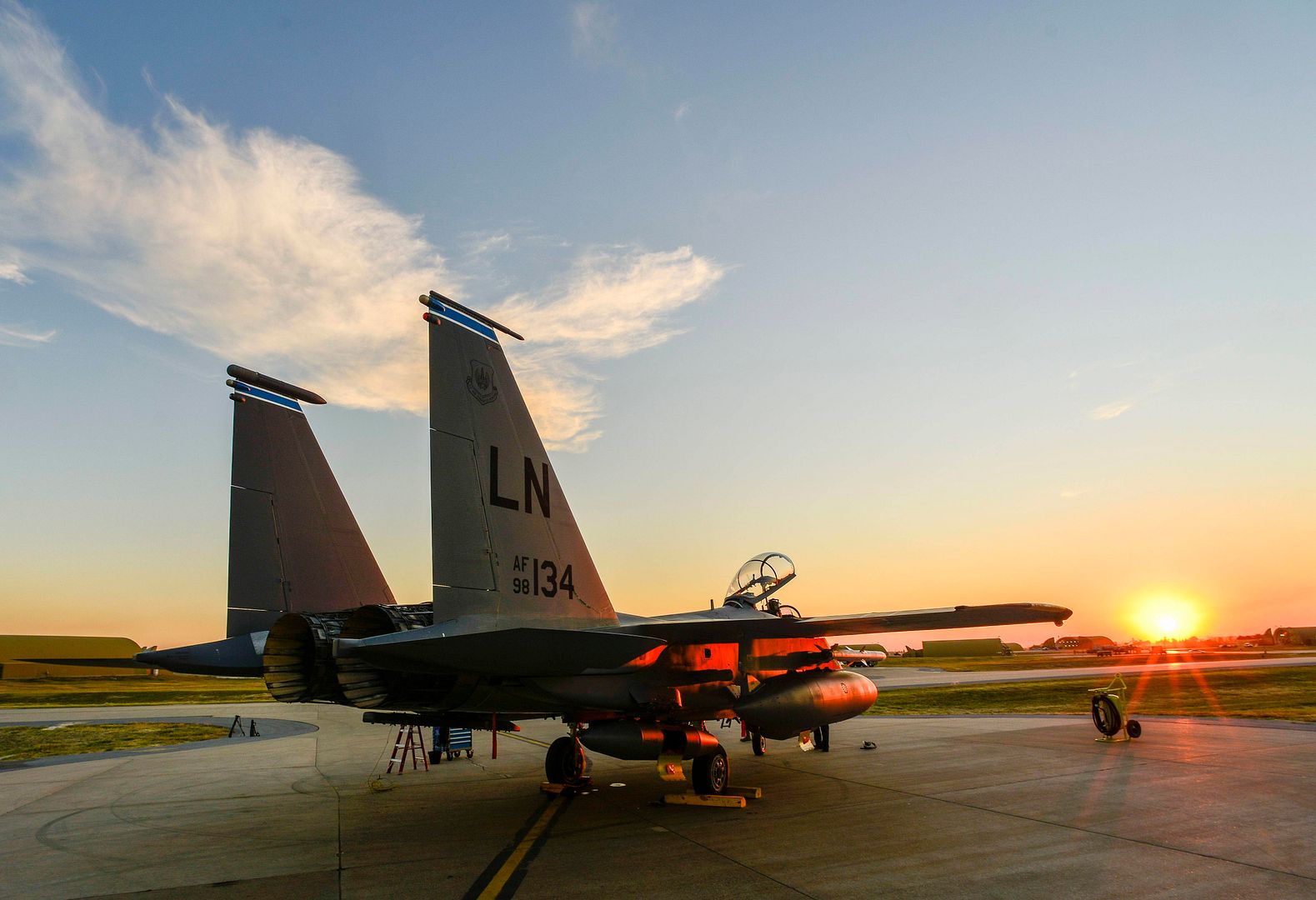
PACIFIC OCEAN (Nov. 15, 2015) - An F/A-18F Super Hornet assigned to the Black Aces of Strike Fighter Squadron (VFA) 41 takes off from USS John C. Stennis' (CVN 74) flight deck. Sailors from the John C. Stennis Strike Group are participating in a sustainment training exercise (SUSTEX) to prepare for future deployments. (U.S. Navy photo by Mass Communication Specialist 3rd Class Andre T. Richard/ Released)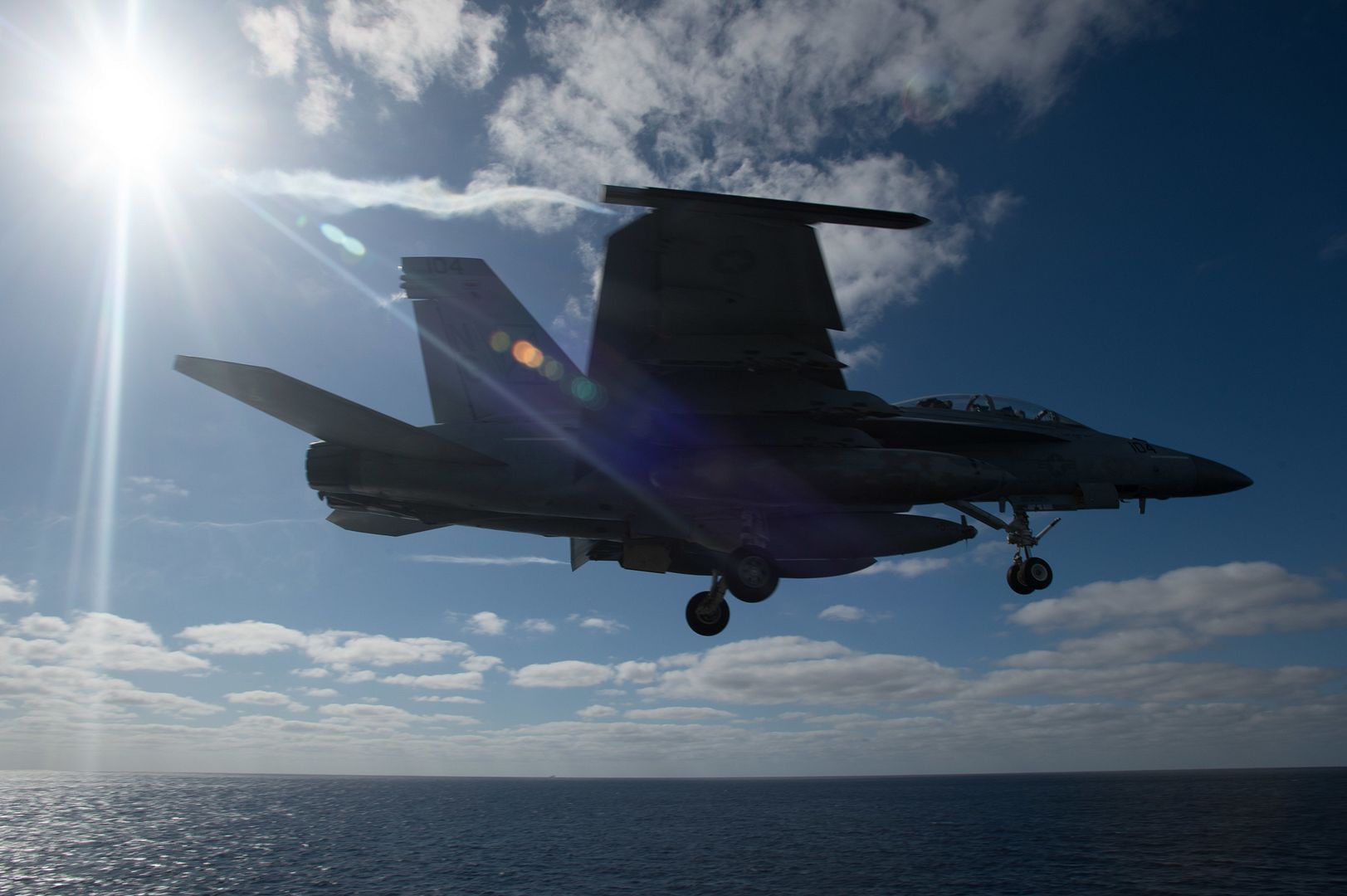
PHILIPPINE SEA (Nov. 15, 2015) The U.S. Navy's only forward-deployed aircraft carrier USS Ronald Reagan (CVN 76) transits the Philippine Sea. Ronald Reagan and its embarked air wing, Carrier Air Wing (CVW) 5, provide a combat-ready force that protects and defends the collective maritime interests of the U.S. and its allies and partners in the Indo-Asia-Pacific region. (U.S. Navy photo by Mass Communication Specialist 3rd Class Nathan Burke/Released)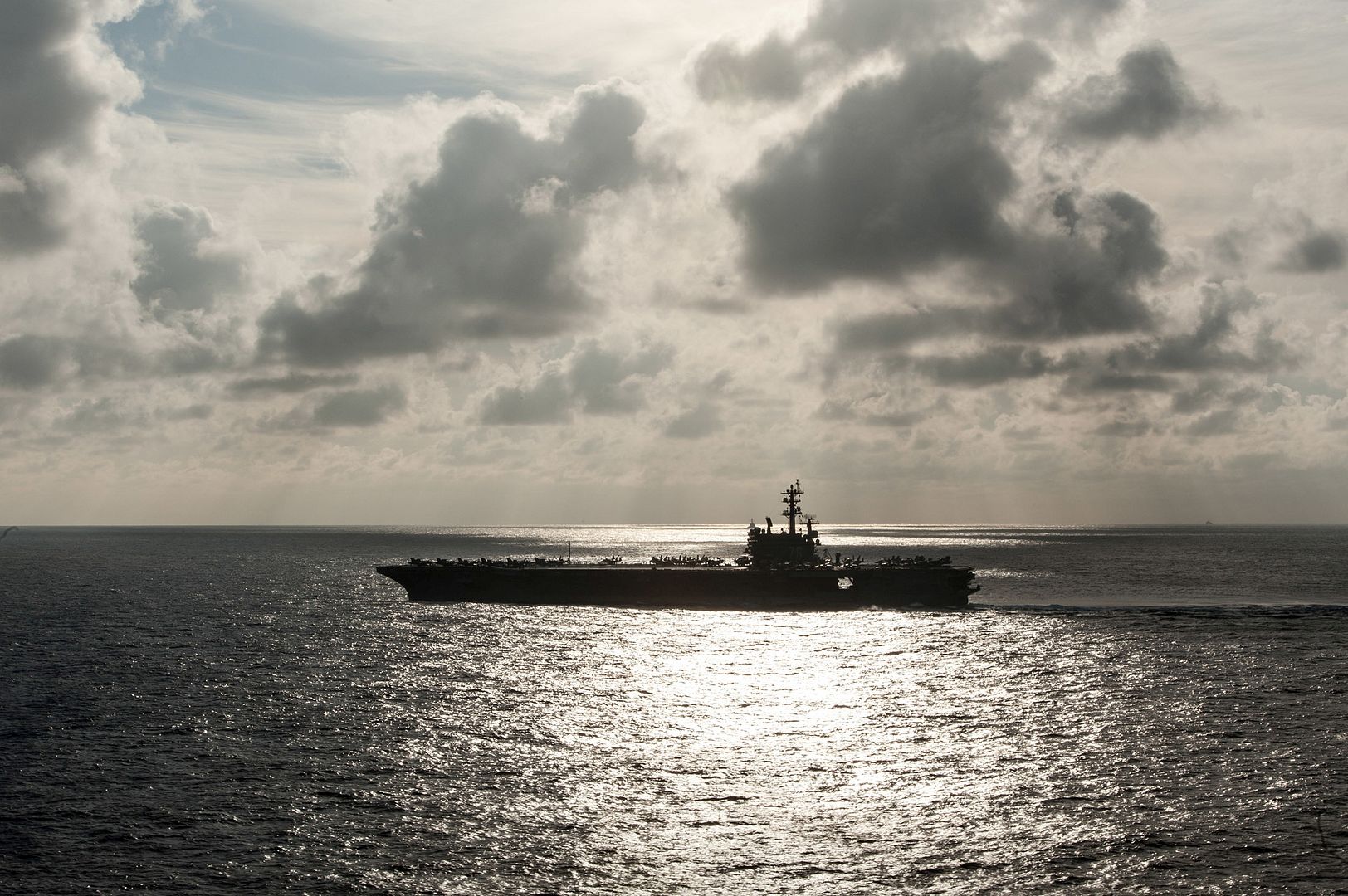
EVERETT, Wash., Nov. 14, 2015 /PRNewswire/ -- Boeing (NYSE: BA) and KLM Royal Dutch Airlines are celebrating the delivery of the airline's first 787-9 Dreamliner. Over the coming years the 787 will play a key role in the Dutch flag carrier's fleet renewal and expansion. KLM acquired this airplane through leasing company AerCap.
"We are very proud to welcome our first Boeing 787 Dreamliner today," said Pieter Elbers, KLM President & CEO. "This aircraft symbolizes a new phase in the future of KLM. Investment in our customers is one of our priorities. This efficient aircraft is part of that investment. It's testimony to the great work of 33,000 KLM employees, who are committed to giving their best for our customers every day."
In addition to today's delivery, the Air France-KLM Group has 19 787-9s and six 787-10s on order and will lease 12 787s through AerCap. KLM will operate its first 787-9 on its Amsterdam ? Abu Dhabi ? Bahrain service.
The 787-9 complements and extends the 787 family. With the fuselage stretched by 6 meters (20 feet) over the 787-8, the 787-9 can fly up to 20 percent more passengers and 23 percent more cargo farther yet with the same exceptional environmental performance ? 20 percent less fuel use and 20 percent fewer emissions than the airplanes they replace.
"The KLM brand is synonymous with innovation, reliability, and outstanding customer service, which will be perfectly complemented by the addition of the 787 to the airline's fleet," said Todd Nelp, vice president of European Sales, Boeing Commercial Airplanes. "We are honored that the 787 is now proudly flying in the famous KLM blue livery and are confident the airplane will play a key role in this historic carrier's continued success."
The 787-9 leverages the visionary design of the 787-8, offering passenger-pleasing features such as the industry's largest windows, large overhead bins with room for everyone's bag, modern LED lighting, air that is cleaner, more humid and at a higher pressure for greater comfort and technology that senses and counters turbulence for a smoother ride.
KLM was founded in 1919, and is the oldest airline still operating under its original name. Based at Amsterdam's Schiphol Airport, KLM is part of the Air France-KLM Group and serves 135 destinations worldwide. Over the past half century KLM has taken delivery of more than 200 Boeing airplanes.
A NATO E-3A Sentry (AWACS) is refueled by an Arizona Air National Guard KC-135 Stratotanker over northern Germany during a training mission Nov. 10, 2015. Airmen from the 161st Air Refueling Wing based in Phoenix are supporting aircrew training operations Nov. 9-20 at NATO Air Base Geilenkirchen, Germany. (U.S. Air National Guard photo/Lt. Col. Gabe Johnson)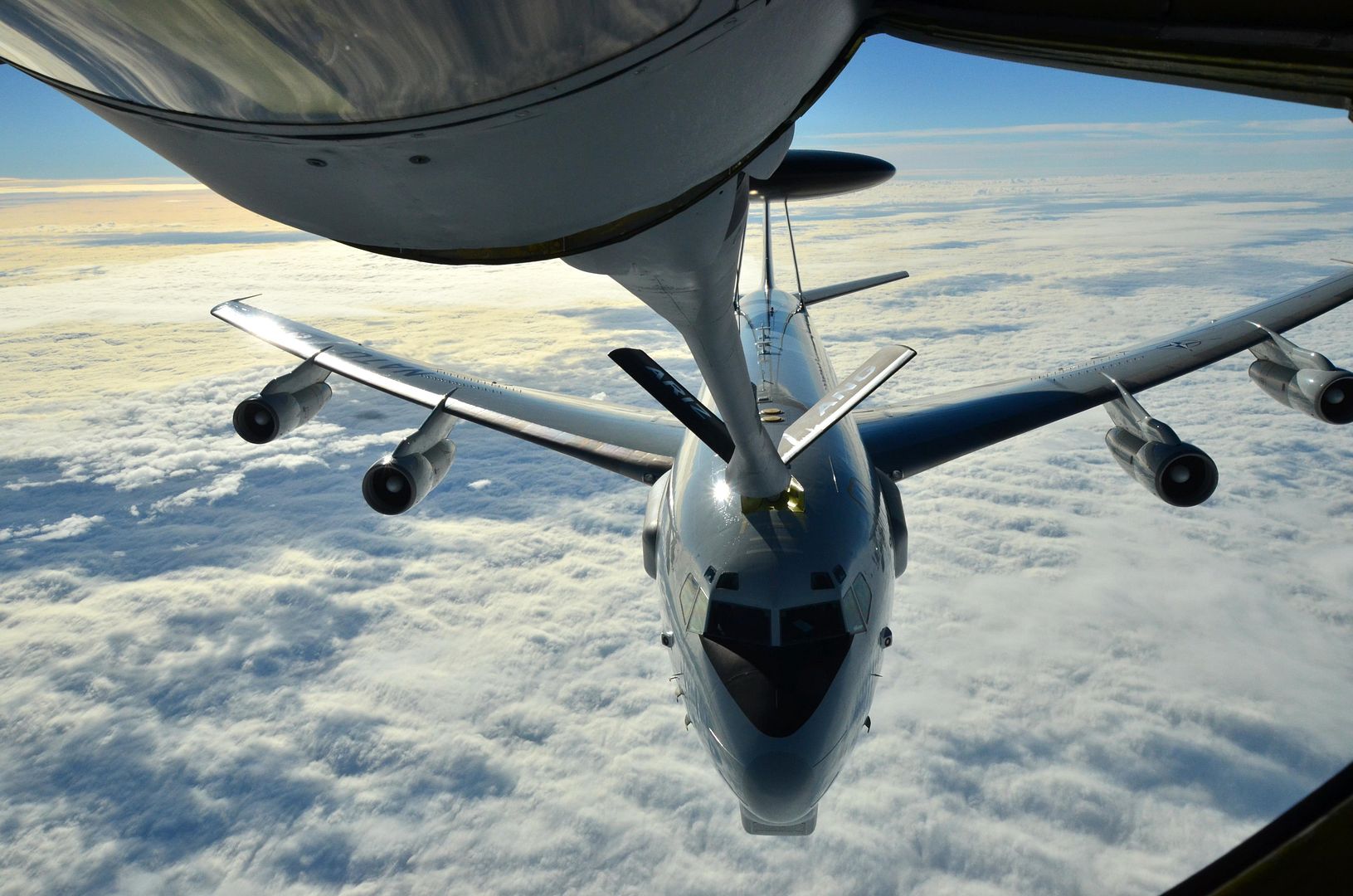
-
10 years agoTue Nov 17 2015, 06:24pm
 Main AdminATLANTIC OCEAN (Nov. 16, 2015) An F/A-18C Hornet, assigned to the ?Rampagers? of Strike Fighter Squadron (VFA) 83, lands on the flight deck of aircraft carrier USS Harry S. Truman (CVN 75). Harry S. Truman Strike Group departs Naval Station Norfolk to deploy in support of maritime security operations and theater security cooperation efforts in the U.S. 5th and 6th Fleet areas of responsibility. With CVN 75 as the flagship, strike group assets include the embarked squadrons of Carrier Air Wing (CVW) 7, Destroyer Squadron (DESON) 28 and ships USS Anzio (CG 68), USS Bulkeley (DDG 84), USS Gravely (DDG 107), and USS Gonzalez (DDG 66). (U.S. Navy Photo by Mass Communication Specialist Seaman L. A. Preston/Released)
Main AdminATLANTIC OCEAN (Nov. 16, 2015) An F/A-18C Hornet, assigned to the ?Rampagers? of Strike Fighter Squadron (VFA) 83, lands on the flight deck of aircraft carrier USS Harry S. Truman (CVN 75). Harry S. Truman Strike Group departs Naval Station Norfolk to deploy in support of maritime security operations and theater security cooperation efforts in the U.S. 5th and 6th Fleet areas of responsibility. With CVN 75 as the flagship, strike group assets include the embarked squadrons of Carrier Air Wing (CVW) 7, Destroyer Squadron (DESON) 28 and ships USS Anzio (CG 68), USS Bulkeley (DDG 84), USS Gravely (DDG 107), and USS Gonzalez (DDG 66). (U.S. Navy Photo by Mass Communication Specialist Seaman L. A. Preston/Released)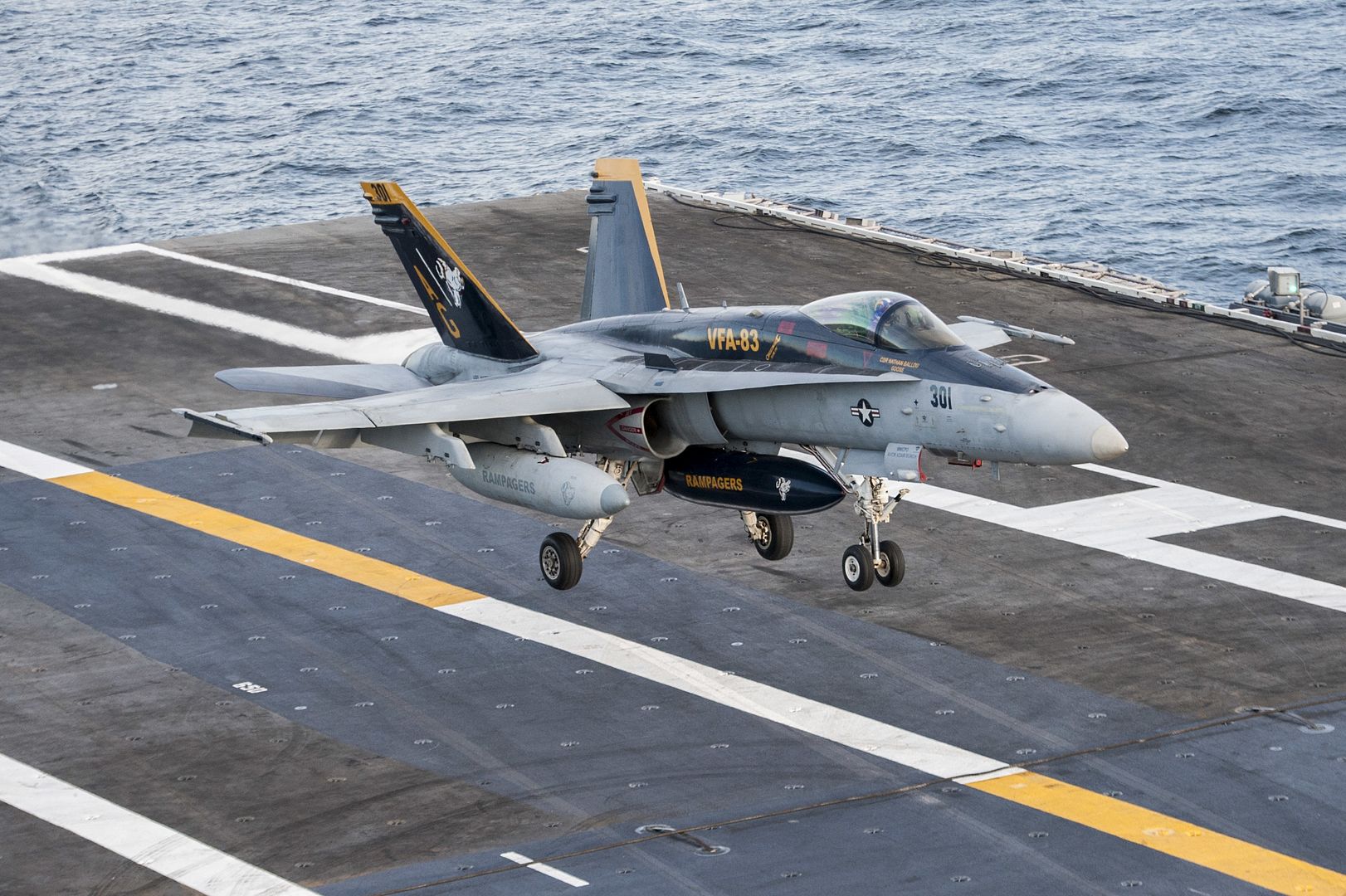
WATERS SOUTH OF JAPAN (Nov. 16, 2015) Capt. Chris Bolt, commanding officer of the U.S. Navy's only forward-deployed aircraft carrier USS Ronald Reagan (CVN 76), pilots an E-2C Hawkeye from the "Liberty Bells" of Carrier Airborne Early Warning Squadron (VAW) 115 as it launches from the ship's flight deck. Ronald Reagan and its embarked air wing, Carrier Air Wing (CVW) 5, provide a combat-ready force that protects and defends the collective maritime interests of the U.S. and its allies and partners in the Indo-Asia-Pacific region. (U.S. Navy photo by Mass Communication Specialist 2nd Class Paolo Bayas/Released)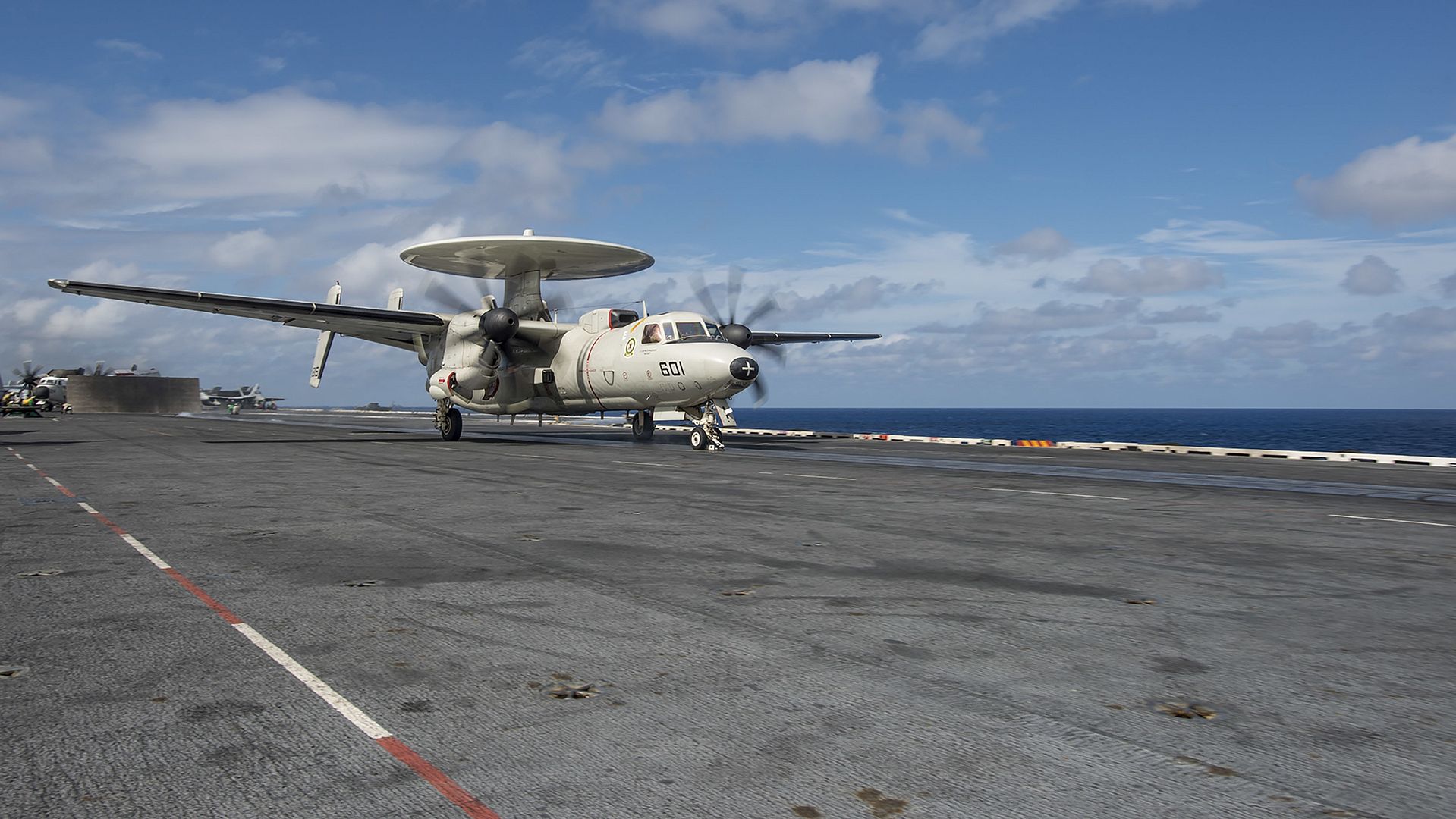
PACIFIC OCEAN (Nov. 15, 2015) An AV-8B Harrier, from the "Greyhawks" of Marine Medium-lift Tiltrotor Squadron (VMM) 161 (Reinforced), lands backwards on the flight deck of Wasp-class amphibious assault ship USS Essex (LHD 2). Essex is the flagship of the Essex Amphibious Ready Group and, with the embarked 15th Marine Expeditionary Unit (15th MEU), is currently operating in the 7th Fleet area of responsibility. (U.S. Navy photo by Mass Communication Specialist 2nd Class Huey D. Younger Jr./Released)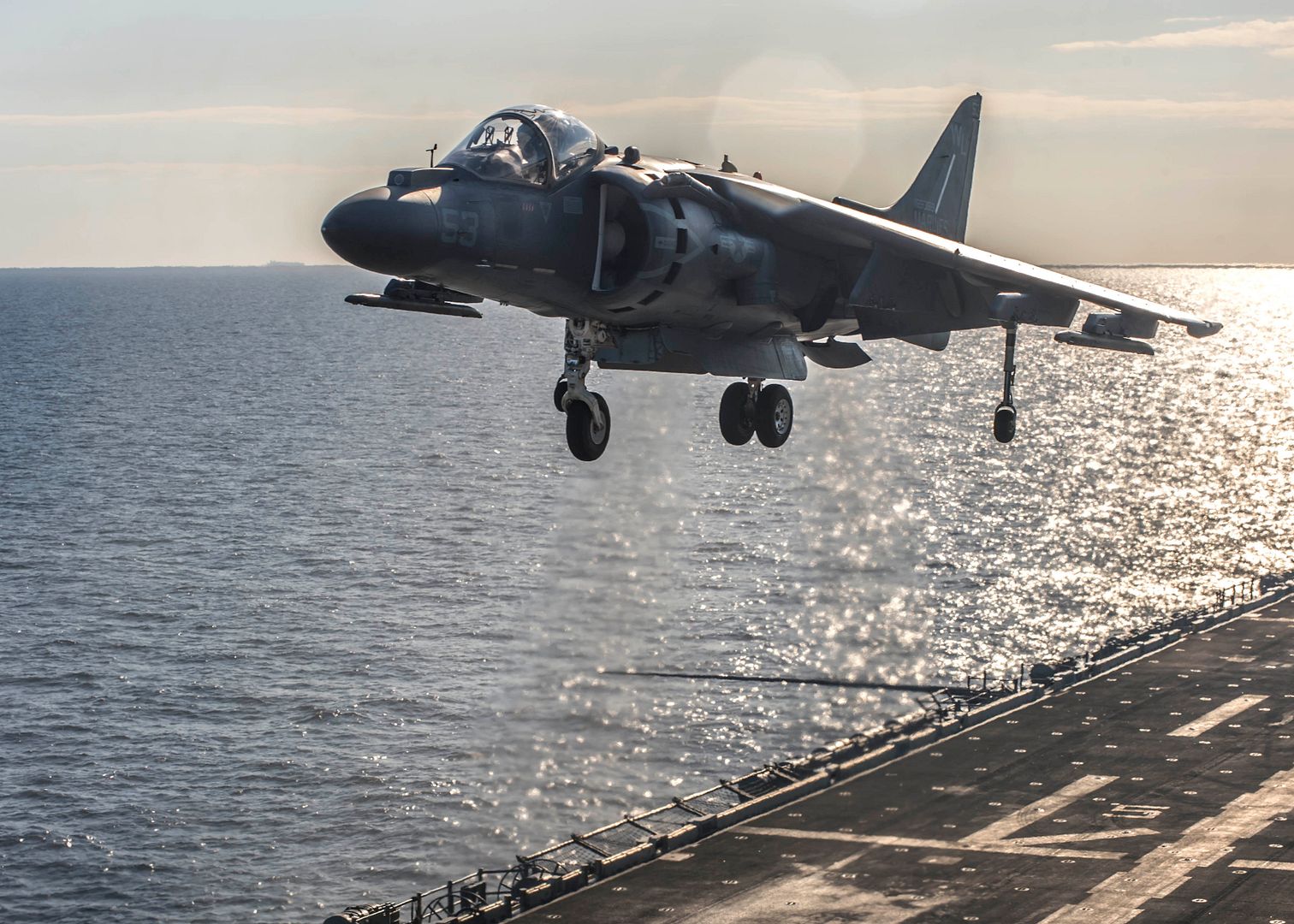
17 November 2015 Press Release
easyJet has signed a firm order for a further 36 A320 Family aircraft taking its cumulative order for the type to 451. The agreement for six A320ceo and 30 A320neo makes easyJet one of the world?s biggest airline customers for the A320ceo Family with 321 ordered and also for the A320neo with 130 on order.
In the year that easyJet celebrates its 20th anniversary, earlier in April 2015, the airline took delivery of its 250th A320 aircraft. As with other recent deliveries to easyJet, the A320 is equipped with the latest technology and fuel-saving Sharklets.
?Our mission is to make air travel easy and affordable and Airbus is a key partner in delivering this to our passengers. The A320neo with new seats will provide wonderful levels of comfort and space. It is also more fuel efficient - which will reduce emissions and provide lower costs per seat which will help keep fares low. The new quieter aircraft will reduce our impact on the communities who live near our airports. Our partnership with Airbus was built on the A320 Family and this will continue with the A320neo?, said Carolyn McCall, CEO of easyJet.???
?Airbus is proud to have partnered easyJet along the airline?s impressive achievements and growth. The airline is one of the biggest carriers in Europe with a large fleet to match. Not only is easyJet one of the biggest airline customers for the A320ceo but also the A320neo. This endorsement demonstrates easyJet?s commitment for operating the world?s most productive and efficient aircraft married with the best cabin comfort for its millions of loyal passengers,? said John Leahy, Chief Operating Officer,Customers.
easyJet is one of Europe?s leading airlines offering a unique and winning combination of extensive route network connecting Europe's primary airports, with great fares and service. The airline flies on more than 750 routes to over 130 airports across 31 countries.
easyJet operates Europe?s largest and the world?s fourth largest Airbus single aisle fleet. Since easyJet took delivery of its first Airbus aircraft (an A319) in September 2003, Airbus has delivered an aircraft on average every 16 days to easyJet since the first delivery.
With over 12,200 aircraft ordered, and over 6,700 aircraft delivered to over 400 customers and operators worldwide, the A320 Family is today the world?s best-selling single-aisle aircraft family.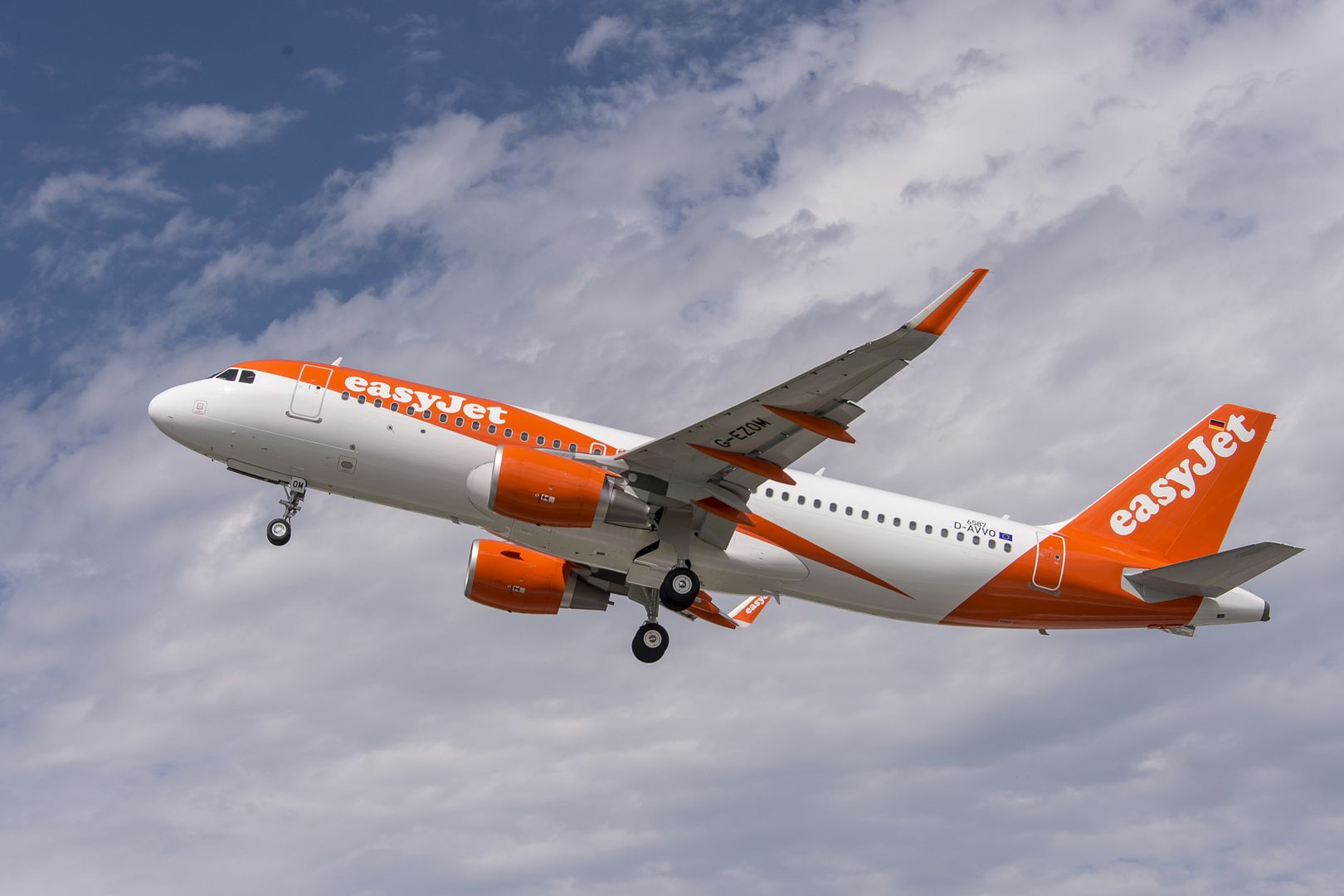
Paris: French warplanes carried out fresh raids overnight against the Islamic State stronghold of Raqa in northern Syria, destroying a command centre and training centre, the defence ministry said Tuesday.
"For the second time in 24 hours the French military conducted an air raid against Daesh in Raqa in Syria," it said in a statement, using another name for the jihadist group.
President Francois Hollande has vowed to hit back at IS "without mercy" after Friday's attacks in Paris, the bloodiest on its territory.
Ten Rafale and Mirage 2000 fighters carried out the raid at 0030 GMT, dropping 16 bombs, the defence ministry said.
"Both targets were hit and destroyed simultaneously," it said.
"Conducted in coordination with US forces, the raid was aimed at sites identified during reconnaissance missions previously carried out by France."
France has carried out air raids against IS in Syria since September but stepped up its raids after Friday's attacks, with 10 warplanes dropping 20 bombs on jihadist targets in Raqa on Sunday.
The United States and France have also decided to increase their exchange of intelligence on potential targets.
France is set to further intensify its operations against the jihadists in Syria through the information acquired and upcoming deployment of the aircraft carrier Charles de Gaulle, which will triple its capacity to strike.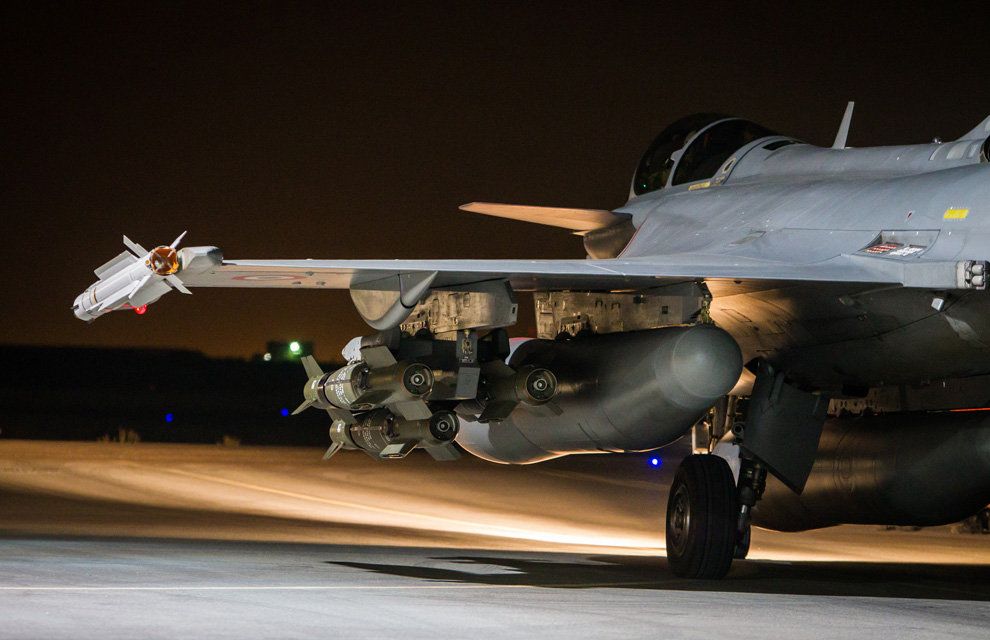
-
10 years agoWed Nov 18 2015, 04:24pm
 Main AdminATLANTIC OCEAN (Nov. 17, 2015) An F/A-18C Hornet, assigned to the ?Rampagers? of Strike Fighter Squadron (VFA) 83, lands on the flight deck of aircraft carrier USS Harry S. Truman (CVN 75). Harry S. Truman Strike Group is deployed to support maritime security operations and theater security cooperation efforts in the U.S. 5th and 6th Fleet areas of operation. (U.S. Navy Photo by Mass Communication Specialist Seaman L. A. Preston/Released)
Main AdminATLANTIC OCEAN (Nov. 17, 2015) An F/A-18C Hornet, assigned to the ?Rampagers? of Strike Fighter Squadron (VFA) 83, lands on the flight deck of aircraft carrier USS Harry S. Truman (CVN 75). Harry S. Truman Strike Group is deployed to support maritime security operations and theater security cooperation efforts in the U.S. 5th and 6th Fleet areas of operation. (U.S. Navy Photo by Mass Communication Specialist Seaman L. A. Preston/Released)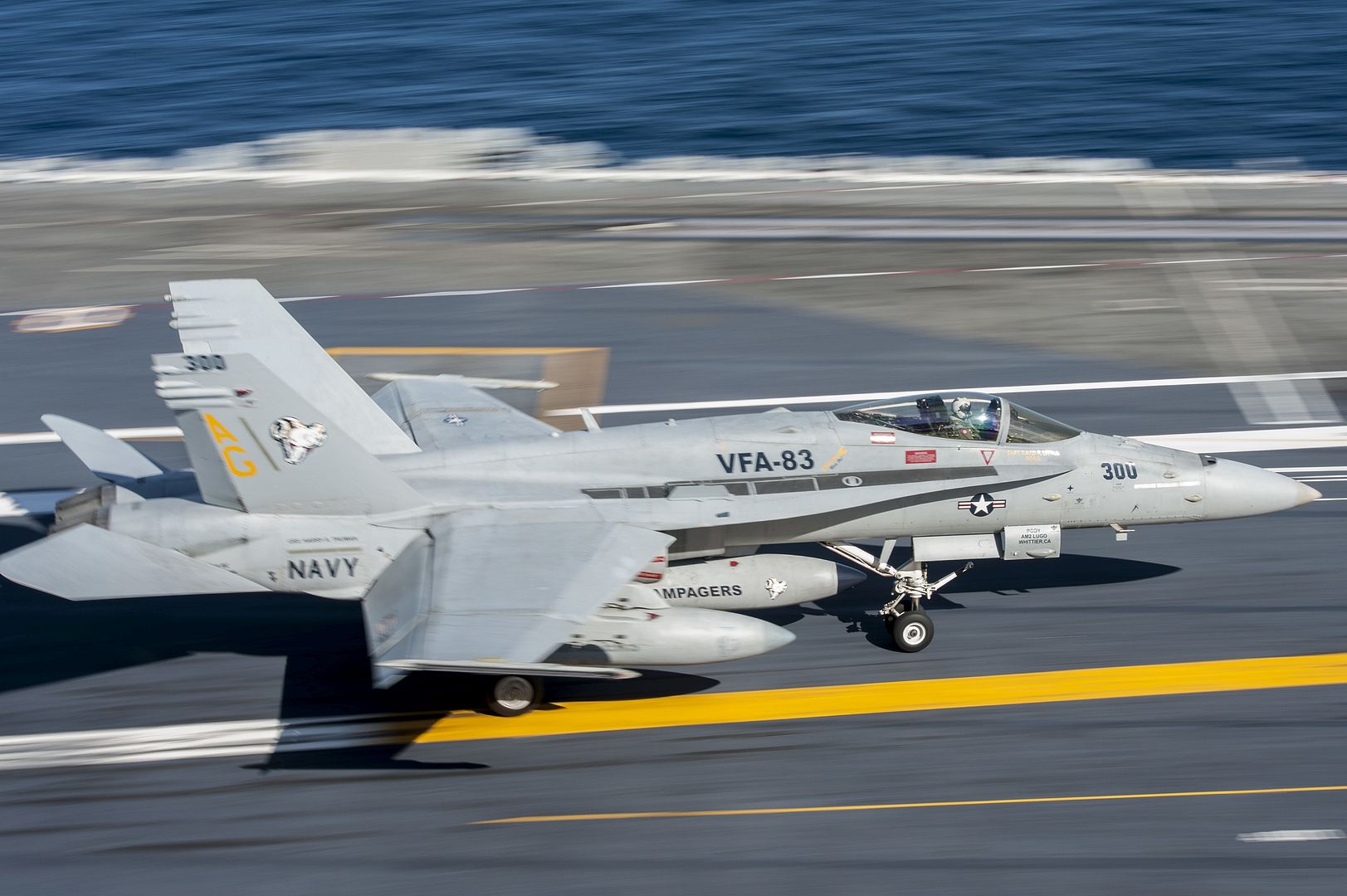
18.11.2015
Russia has stepped up its counterterrorism efforts in Syria by bringing in the Tupolev Tu-95 (Bear) and Tupolev Tu-160 (Blackjack) strategic bombers, as well as Tupolev Tu-22 (Blinder) medium bombers. On Tuesday, the aircraft hit ISIL targets for the first time since Moscow launched its aerial campaign in late September.
This marks a truly historic moment for the Russian Air Force. Now, the Bear and the Blackjack have taken part in an actual battle for the first time in their history.
The aircraft launched a total of 34 airborne cruise missiles destroying 13 key targets, Russian defense officials told President Vladimir Putin.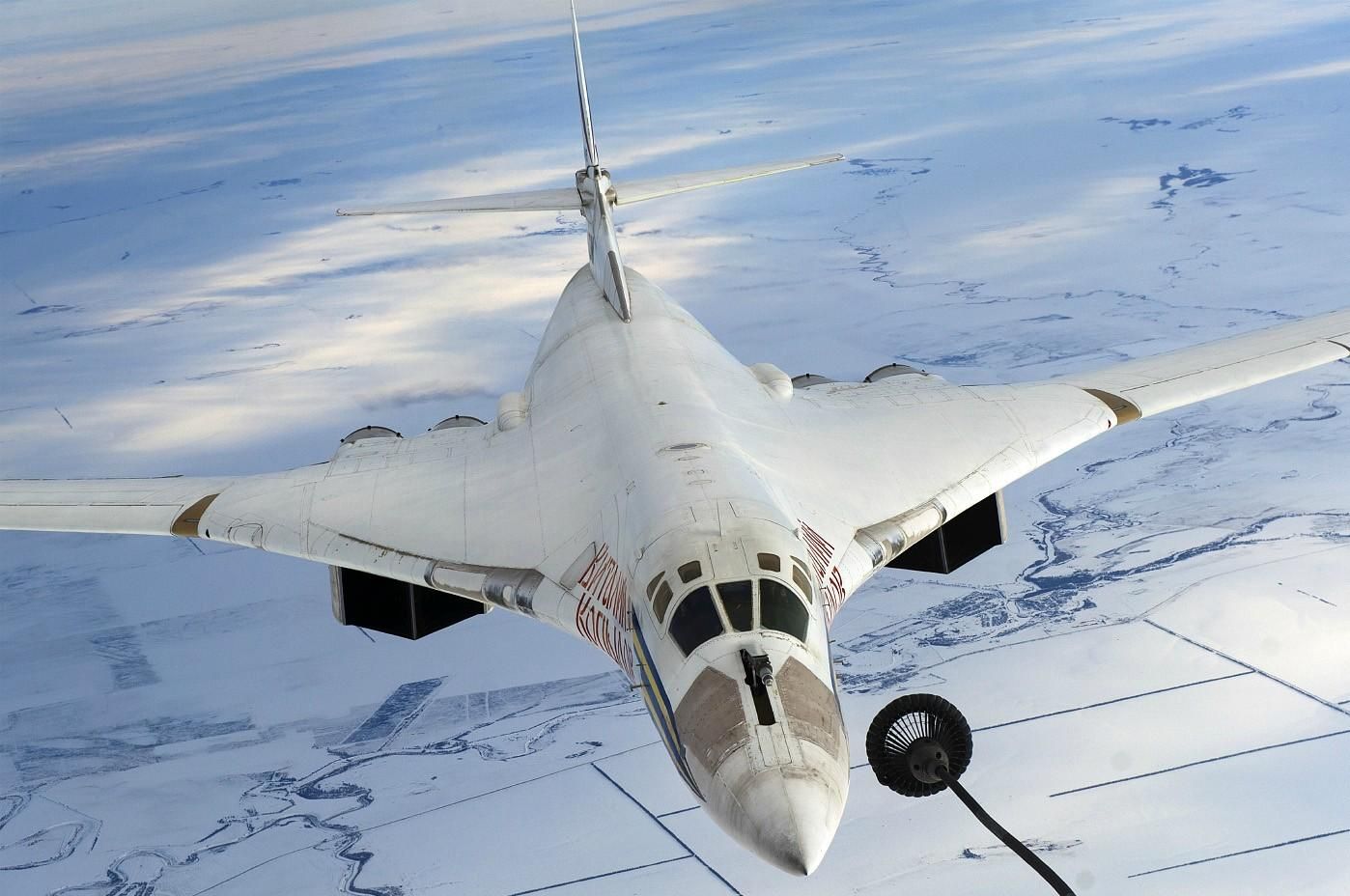
Earlier, Gerasimov confirmed that Russian forces in Syria will be strengthened with advanced 37 aircraft, including eight Su-34 (Fullback) strike fighters and four Su-27 fighter jets.
On Wednesday, the Federation Council, the upper house of Russia's parliament, is expected to pass a decree to emphasize that the common threat to all mankind could only be tackled through joint efforts of all countries.
-
10 years agoThu Nov 19 2015, 06:06pm
 Main AdminMOSCOW, Nov. 18, 2015 /PRNewswire/ -- Boeing [NYSE: BA] delivered two 747-8 Freighters to AirBridgeCargo Airlines (ABC), part of Volga-Dnepr Group, and one of the leading international scheduled air cargo carriers.
Main AdminMOSCOW, Nov. 18, 2015 /PRNewswire/ -- Boeing [NYSE: BA] delivered two 747-8 Freighters to AirBridgeCargo Airlines (ABC), part of Volga-Dnepr Group, and one of the leading international scheduled air cargo carriers.
The airplanes are the first to be delivered as part a memorandum of understanding, signed between Boeing and Volga-Dnepr Group at the Paris Air Show in June 2015. The deal calls for more 747-8 Freighters to continue to help ABC provide some of the best cargo carrying service in the world. The agreement also adds the Antonov-124-100 aircraft to the long-term logistics support for Boeing and its partners.
"For Volga Dnepr Group, adding more new generation 747-8 Freighters will allow to secure further development of the Group's scheduled business, AirBridgeCargo Airlines, and keep the airline's high growth rates," said Denis Ilin, executive president for AirBridgeCargo Airlines. "This is a celebration of successful partnership with Boeing, which will enable the airline to continue providing its customers with the exceptional air cargo services they are used to."
"We appreciate ABC's confidence in our products and look forward to our successful cooperation in the future. We are honored to see that one of the two new 747-8 Freighters delivered, is the 100th 747-8 for Boeing," said Marty Bentrott, vice president, Middle East, Russia and Central Asia Sales, Boeing Commercial Airplanes. "Our enduring partnership with Volga-Dnepr has shown the value that this iconic airplane brings to the air-cargo industry."
The planes will be deployed on the expanding network under winter schedule 2015/2016, between Asia and the United States. With today's deliveries, ABC's fleet now consists of eight 747-8 Freighters, five 747-400 Extended Range Freighters, and two 747-400 Freighters.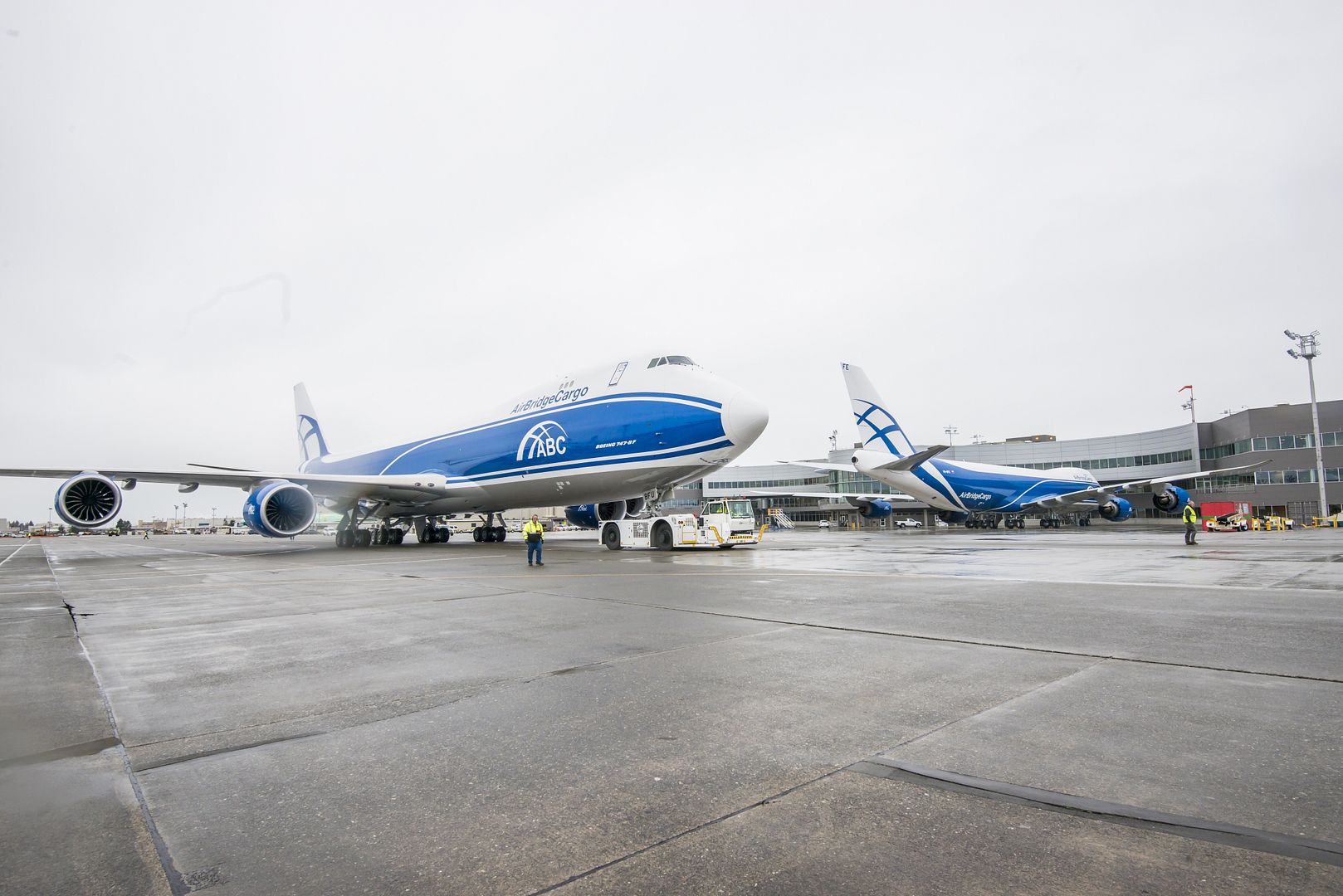

ARABIAN GULF (Nov. 19, 2015) An AV-8B Harrier assigned to Marine Medium Tiltrotor Squadron (VMM) 162 (Reinforced), 26th Marine Expeditionary Unit (26th MEU), launches from the amphibious assault ship USS Kearsarge (LHD 3) to conduct their first missions over Iraq in support of Operation Inherent Resolve. Kearsarge is deployed to the U.S. 5th Fleet, supporting Operation Inherent Resolve, the effort to degrade and ultimately destroy ISIL; maritime security operations; and regional theater security cooperation efforts. (U.S. Navy photo's by Mass Communication Specialist Seaman Apprentice Ryre Arciaga/Released)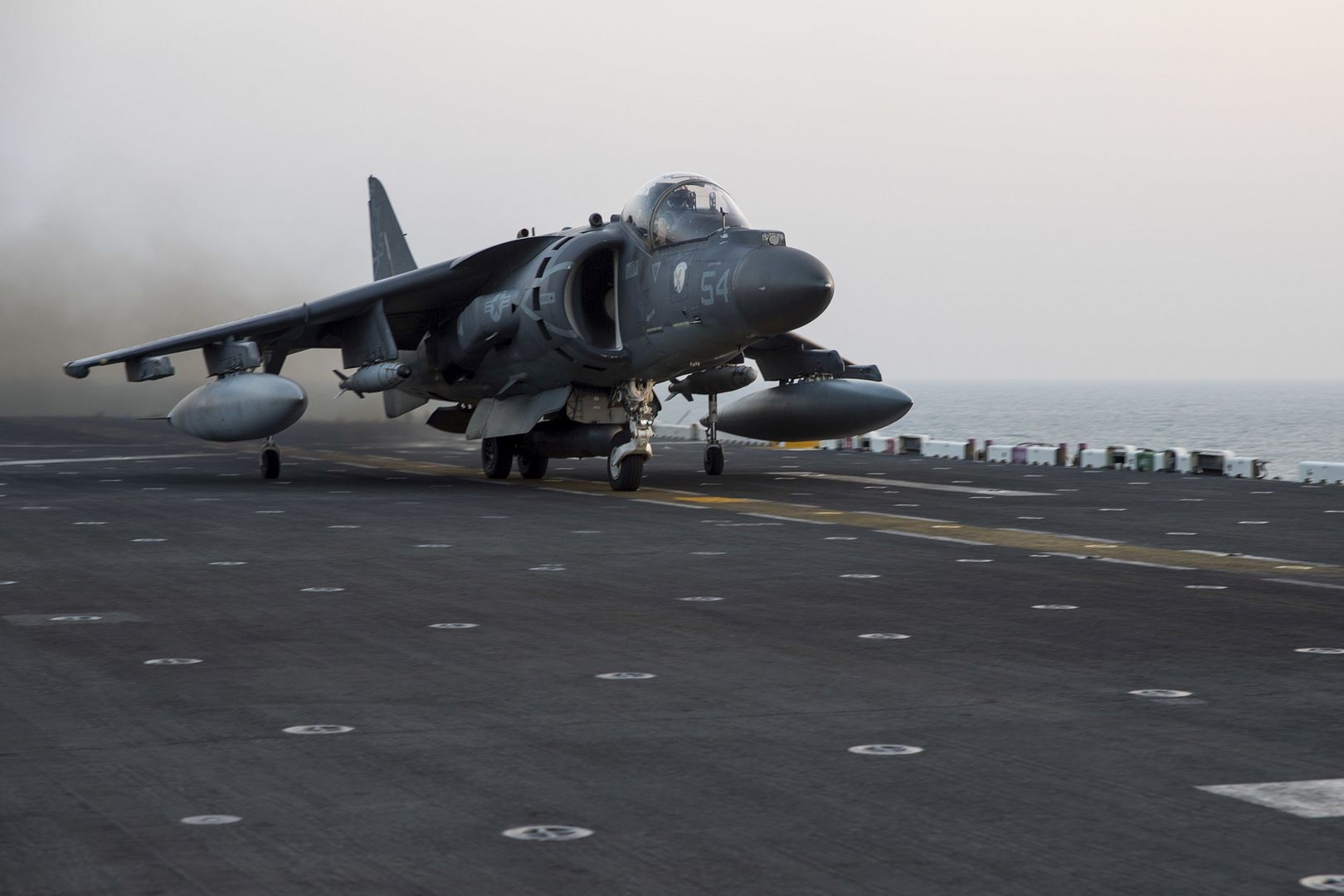
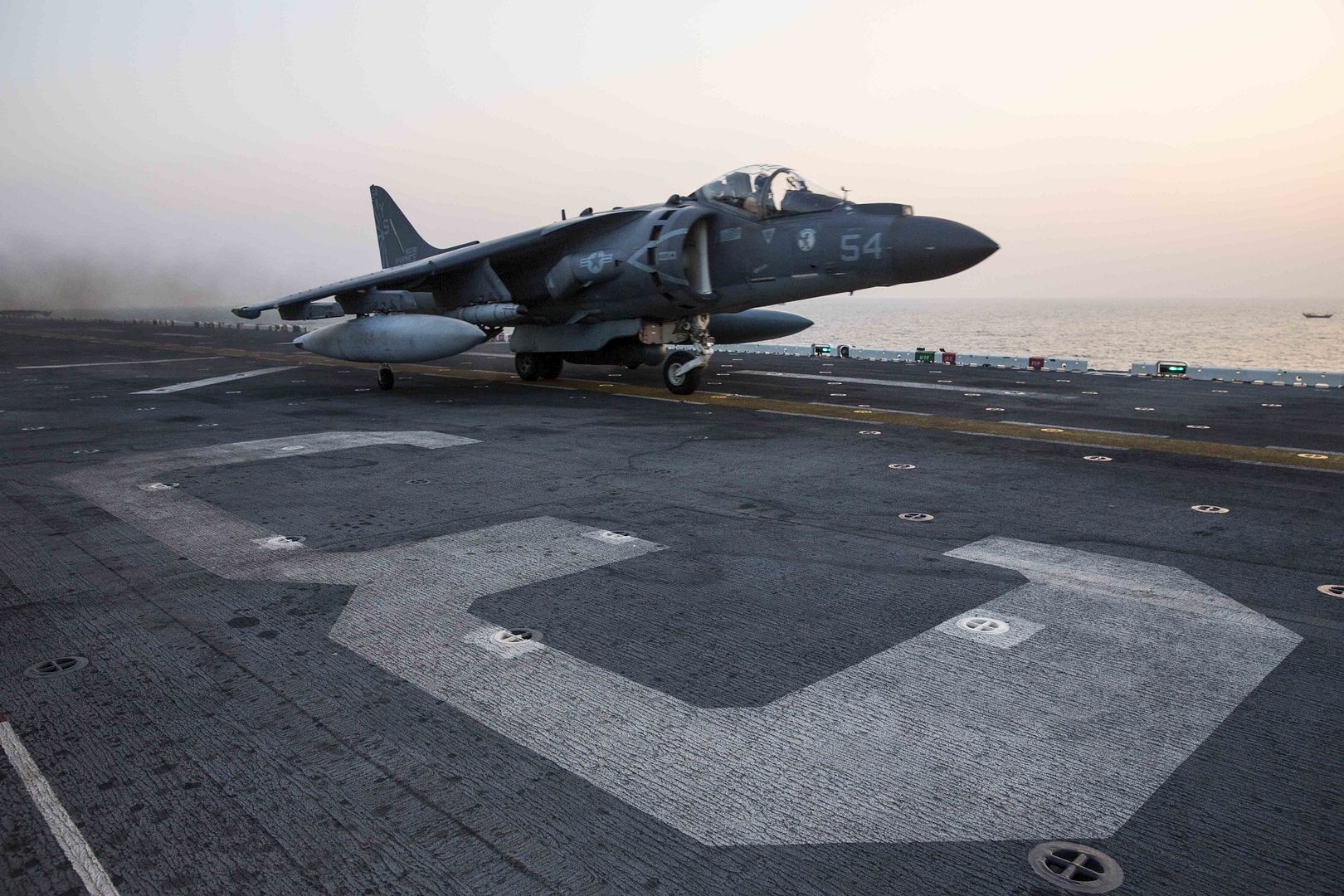
18/11/2015
HMS Defender has shown solidarity with the French Air Force by holding a joint training exercise in the Gulf.
Over the course of several hours, the Portsmouth based warship took part in complex air defence training with five Mirage 2000 fighter jets.
The training demonstrated the strong partnership that exists between the allied nations and culminated in an impressive visual show of unity as the six aircraft formed up to fly past the British destroyer.
HMS Defender?s Commanding Officer Stephen Higham said: ?Our thoughts and prayers are with the people of France.
"This challenging Air Command and Control exercise demonstrated our ability to work together and, our capacity to fight together in the air, from the sea and over land.?
HMS Defender is on a nine month mission to the Middle East conducting Air Command and Control duties as well as maritime security operations in the region.
She will work with both the US and French Carrier Strike Groups as part of the Combined Maritime Force?s 30-nation maritime force.
The ship is capable of controlling the airspace across an area of 150,000 square miles (twice the size of Portugal) whilst being able to defend a task group of ships against attack from the air, either by aircraft or missiles.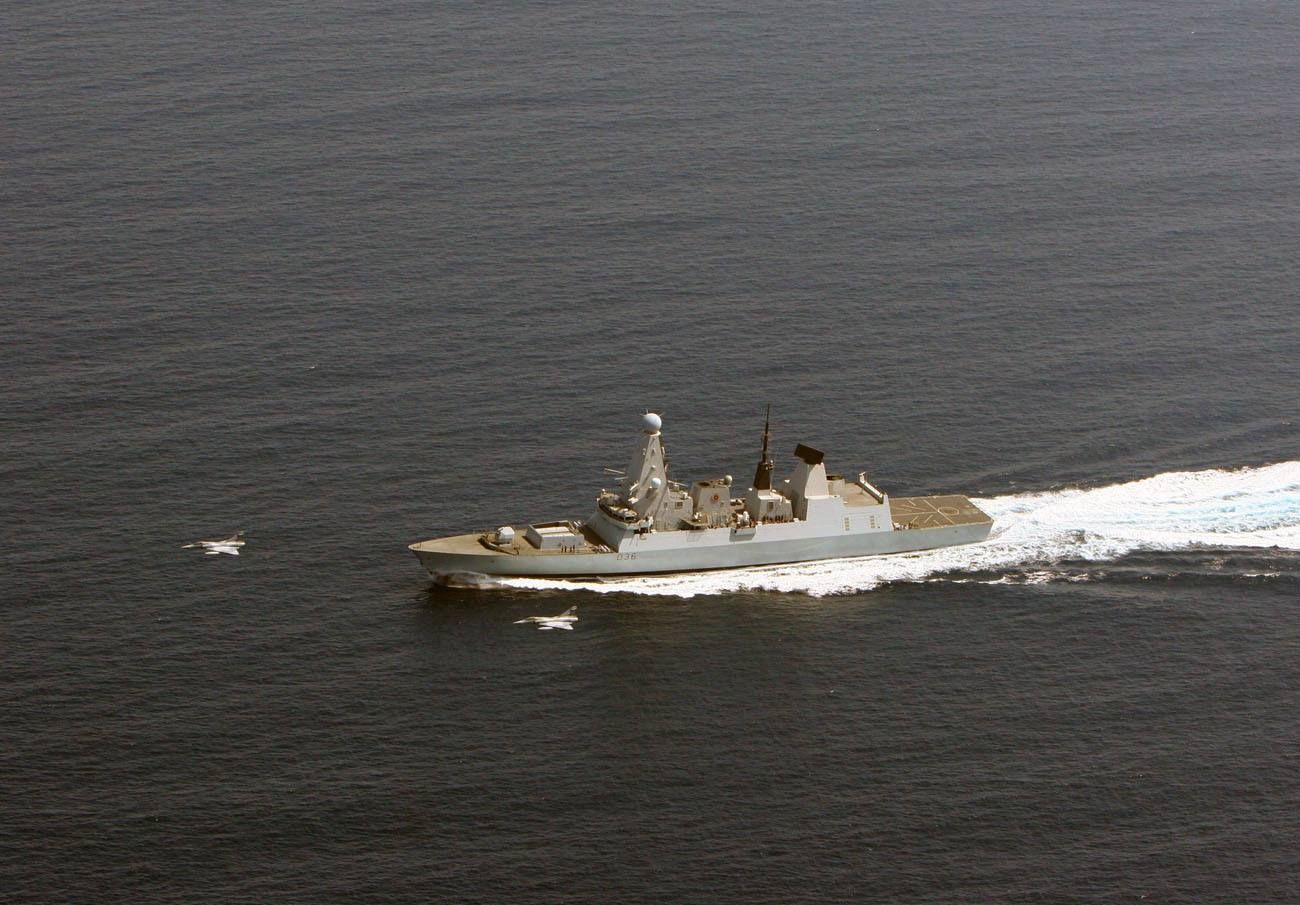
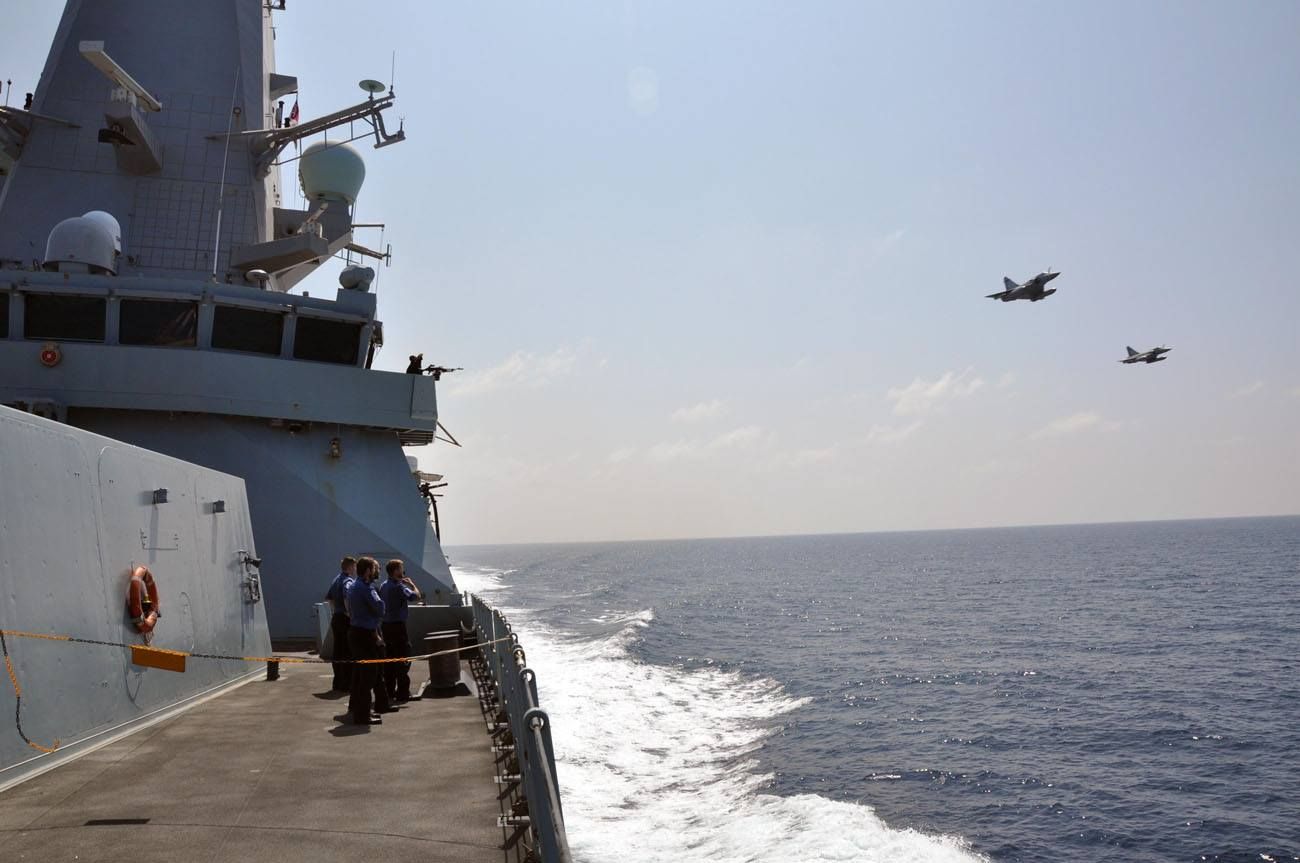
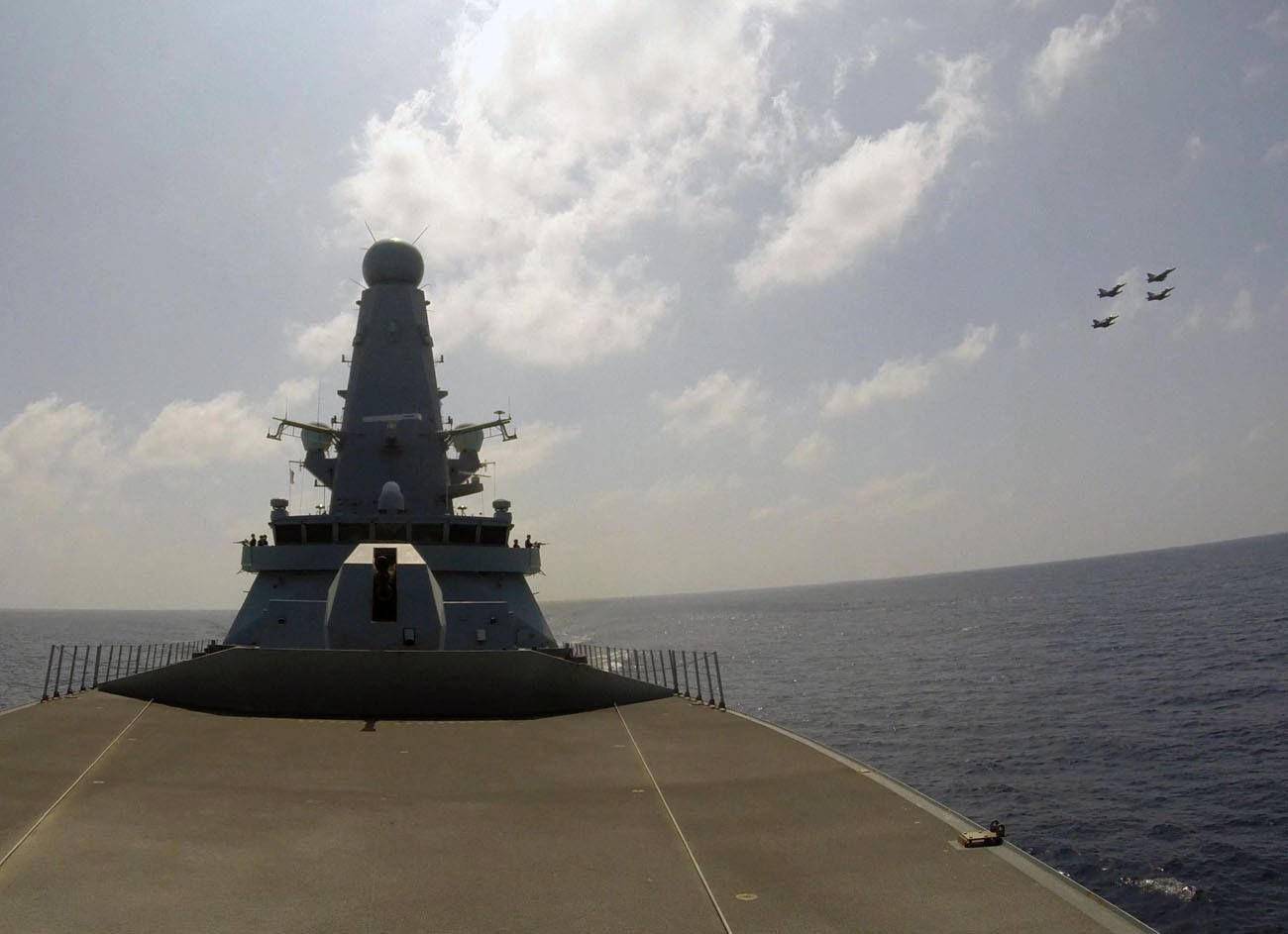
-
10 years ago
 Main AdminTINKER AIR FORCE BASE, Okla. (AFNS) -- The long-awaited, highly anticipated deployment of the E-3 Sentry (AWACS) Block 40/45 is finally over, with the deployment of the first upgraded weapon system to a combat theater of operations.
Main AdminTINKER AIR FORCE BASE, Okla. (AFNS) -- The long-awaited, highly anticipated deployment of the E-3 Sentry (AWACS) Block 40/45 is finally over, with the deployment of the first upgraded weapon system to a combat theater of operations.
The first E-3G arrived in Southwest Asia Nov. 18, marking the deployment of the most comprehensive modification to the weapon system in its 38-year history. The changes improved communications, computer processing power, threat tracking and other capabilities.
The $2.7 billion upgrades replace some hardware and software that dates to the 1970s, signaling a game-changer to airborne surveillance and air battle management.
"This modification represents the most significant upgrade in the 35-plus year history of the E-3 and greatly enhances our crewmembers' ability to execute the command and control mission, while providing a building block for future upgrades," said Col. David Gaedecke, the commander of the 552nd Air Control Wing at Tinker Air Force Base and E-3 pilot.
To date, nine of the 27 E-3s assigned to the 552nd ACW have received the modification and have met their crew certification on the Block 40/45 systems.
"This is the initial combat deployment for the capability after numerous exercises," Gaedecke said. "Crews will be able to process tactical information, providing combatant commanders with increased situational awareness."
The Block 40/45 provides operational and technological reliability, maintainability, supportability, and integration of future technologies and growth opportunities.
The new modifications also automate previously manual functions and improve the amount of data E-3 aircrews can receive and share with allied forces on missions such as counterdrug surveillance.
"This upgrade takes computing capability from 1970s technology to current day," Gaedecke said. "Tied with the Deployable Ground System, this allows both operators and intelligence personnel capabilities far beyond (the older model) 30/35."
The upgrade has been a partnership between the 552nd ACW; the E-3 System Program Offices at Hanscom AFB, Massachusetts; Tinker AFB; the Oklahoma City Air Logistics Complex, which performs the modification; and the Boeing Co., the prime contractor.
The E-3G model reached initial operating capability on July 28, 2015, and the OC-ALC went into full-rate production shortly thereafter, a milestone marking the start of faster upgrades for the remainder of the airborne surveillance and battle management fleet.
While the E-3Gs have been flown in counterdrug operations for U.S. Southern Command and in homeland defense missions as part of Operation Noble Eagle, they have yet to be flown in active combat missions until now.
Gaedecke has previously laid out the plan for the aircraft to participate in Red Flag in August and, if all went well, deploy the weapon system in combat this fall.
"While our tactics, techniques and procedures employing this new capability continue to be refined, exercises like Red Flag allowed crews to gain experience with the system, which included capabilities unavailable with 30/35," he said.
Known for its signature black-and-white rotating radar dome that sits on top of the aircraft, the E-3 provides all-weather surveillance, command, control and communications needed by commanders of U.S., NATO and other allied air defense forces.
In support of air-to-ground operations, the Sentry can provide direct information needed for interdiction, reconnaissance, airlift and close air support to friendly ground forces. It can also provide information for commanders of air operations to gain and maintain control of the air battle.
As an air defense system, E-3s can detect, identify and track airborne enemy forces far from boundaries of the U.S. or NATO countries. It can direct fighter-interceptor aircraft to enemy targets. The E-3 is designed to respond quickly and effectively to a crisis and support worldwide deployment operations.
With its mobility as an airborne warning and control system, the Sentry has a greater chance of surviving in warfare than a fixed, ground-based radar system. Among other things, the flight path can quickly be changed according to mission and survival requirements.
The E-3 can also fly a mission profile for more than eight hours without refueling. Its range and on-station time can be increased through in-flight refueling and the use of an onboard crew rest area.
The 552nd ACW is home to the E-3, with 27 of the fleet's 31 AWACS being housed at Tinker. The remaining aircraft are stationed at Kadena Air Base, Japan, and Joint Base Elemendorf-Richardson, Alaska.
The fleet continues on its upgrade timelines, with a rate of approximately five aircraft being modified each year.
The 552nd ACW will continue to operate out of their current forward operating location for operations in Afghanistan as part of Freedom Sentinel and against the Islamic State in Iraq and the Levant as part of Operation Inherent Resolve.
Now that the E-3Gs have been deployed to a combat theater, Gaedecke said AWACS will continue to be relevant in the battle space of the future.
"Deploying to the combat theater is the culmination of many hard hours, learning and building standard operating procedures to execute the mission in any combat or contingency environment," he said. "What the E-3 brings to the fight is essential to our combat commanders, both in the air and on the ground."
Gaedecke said the new E-3G will begin flying combat missions immediately.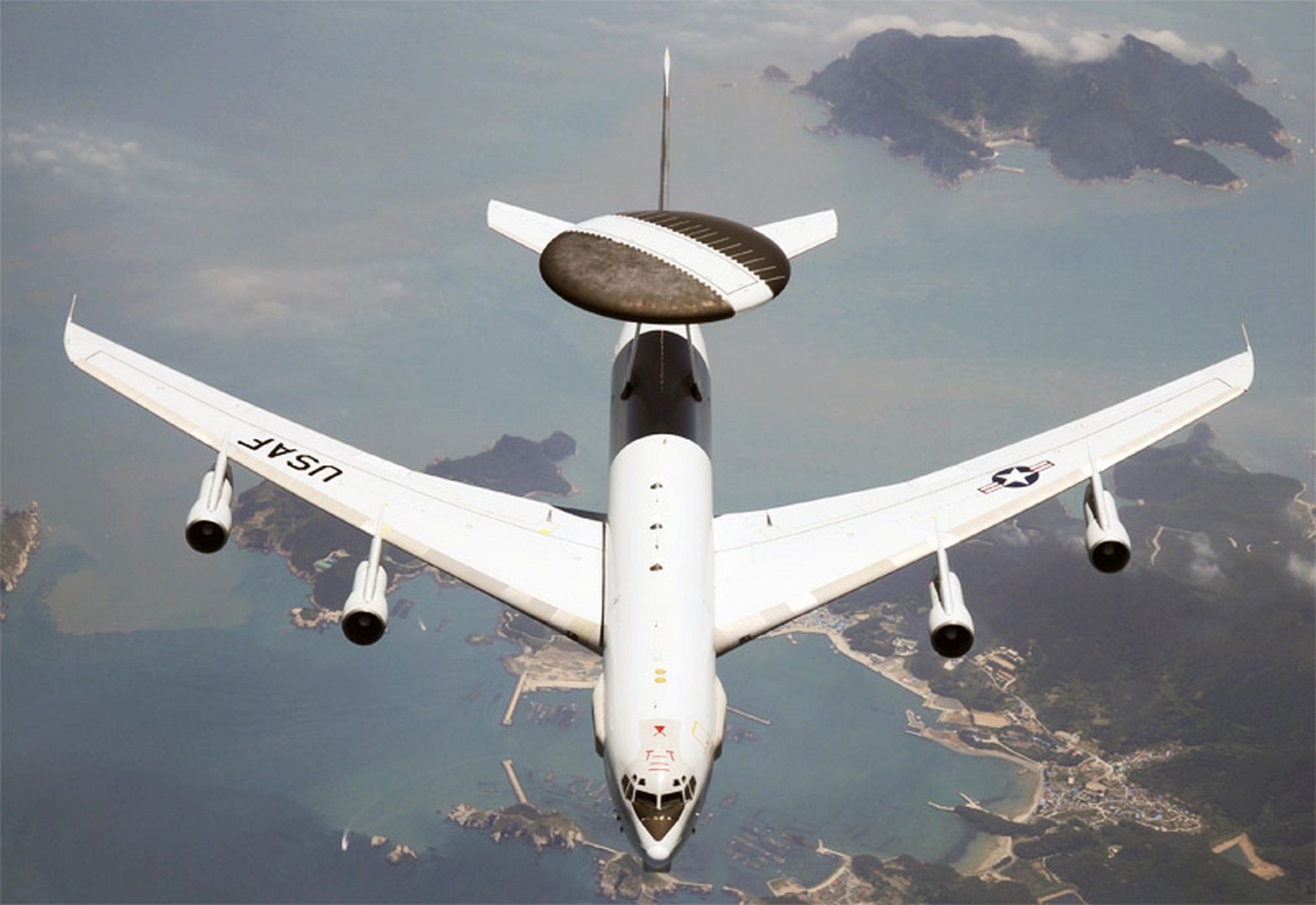
Not aviation but a nice story
MILWAUKEE, Nov. 19, 2015 ? To commemorate the commissioning of the USS Milwaukee, our nation?s fifth Littoral Combat Ship (LCS), Lockheed Martin (NYSE: LMT) has collaborated with Harley-Davidson on a one-of-a-kind motorcycle to honor the U.S. Navy and the city of Milwaukee.
?We wanted to do something special for the occasion and support the families of our military men and women who sacrifice so much to protect our freedoms,? said Stephanie C. Hill, Lockheed Martin vice president of Ship & Aviation Systems. ?We?re excited to collaborate with Milwaukee?s own Harley-Davidson, a company that has been fulfilling dreams of personal freedom for over 100 years.?
The motorcycle will be on display during USS Milwaukee Commissioning week, followed by appearance at U.S. Navy, industry and STEM events over the next year, culminating with a charity auction to support the National Military Family Association (NMFA).
?We are honored to be a part of this one-of-a-kind endeavor,? said NMFA Executive Director, Joyce Wessel Raezer. ?Both Lockheed Martin and Harley-Davidson have been such wonderful supporters of the military and their families, and we couldn?t be happier to be a part of this commemoration.?
Harley-Davidson Chief Stylist Ray Drea designed the motorcycle, drawing inspiration from touring the Fincantieri Marinette Marine Corp. shipyard in Marinette, Wisconsin, where the Lockheed Martin-led industry team builds the Freedom-variant LCS. The design also honors historic WWII-era Harley-Davidson motorcycles to model some of the authentic Navy and military custom details.
The fifth U.S. Navy vessel to bear the name Milwaukee, the ship will transit to its homeport in San Diego, California, where it will be integrated into the fleet and the industry-Navy team will conduct additional program testing and crew training before she begins her first deployment.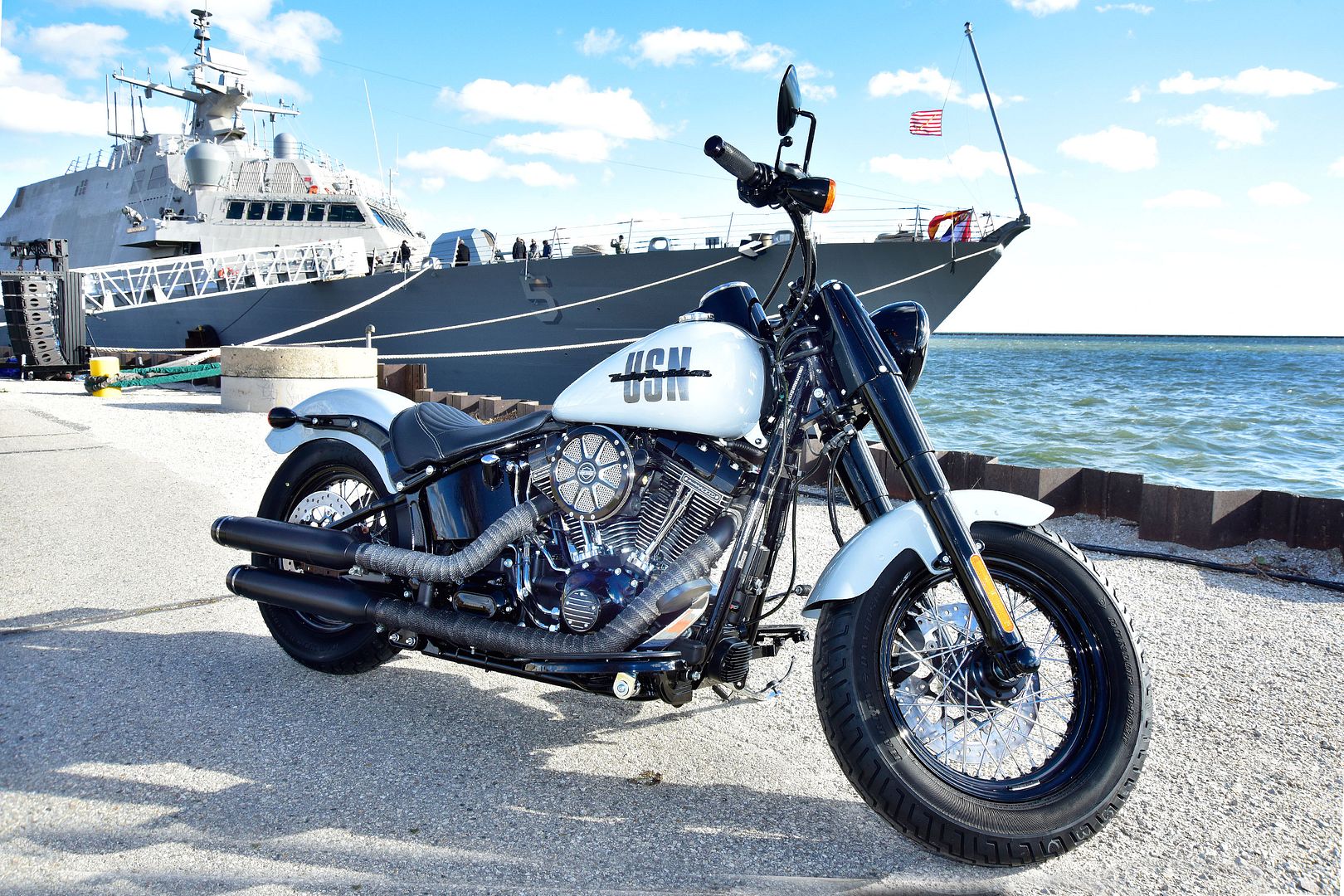
20 November 2015 Press Release
JetBlue has become the launch customer for Airbus? ?Maintenance Mobility? offering following a contract recently signed with Airbus. Maintenance Mobility allows the airline mechanics to have all the technical information they need on iPads. Maintenance Mobility is one of several services in the Smarter Fleet cloud-based services platform developed by Airbus in partnership with IBM. The agreement with JetBlue covers the integration of the Maintenance Mobility services into the airline?s maintenance information system (MIS), as well as the software and data hosting over a five-year servicing period. The deployment will be accomplished step-by-step with Airbus experts working on-site with JetBlue in order to spread the integration and manage change gradually.
Marco Nogueira, JetBlue Director of Maintenance said: ?By having access to aircraft technical data on a portable device we will improve dispatch reliability and on-time performance of our Airbus fleet. Maintenance Mobility will also provide real-time fault analysis of aircraft systems and communication.? He adds: ?Overall, the efficiency gains by having this information at the mechanics fingertips will facilitate quicker decision-making processes while ensuring better accuracy.?
Didier Lux, Airbus? Head of Customer Services commented: ?Airbus is once again leveraging mobile devices, along with cloud-based technology in order to digitalize maintenance operations.? He added: ?By partnering with IBM, a world leader in digital services, Airbus will help ensure JetBlue mechanics can directly access the specific information they require, whilst optimizing their time between aircraft and office.?
Smarter Fleet Maintenance Mobility is a web based application hosted by Airbus as a service, composed of: a web page (for the supervisor), apps (for the mechanics), synchronized by a cloud (Smarter Fleet Platform). Thanks to an integration with airline information systems, it provides maintenance supervisors with real-time monitoring on the progression of each aircraft turnaround activities and serviceable status.
For mechanics it enables them to access information needed to perform the turnaround, such as task cards or real-time access to aircraft maintenance messages. It also include an e-Doc browser for access to the Aircraft Maintenance Manual (AMM), Illustrated Parts Catalogue (IPC) or Minimum Equipment List (MEL) from a mobile device.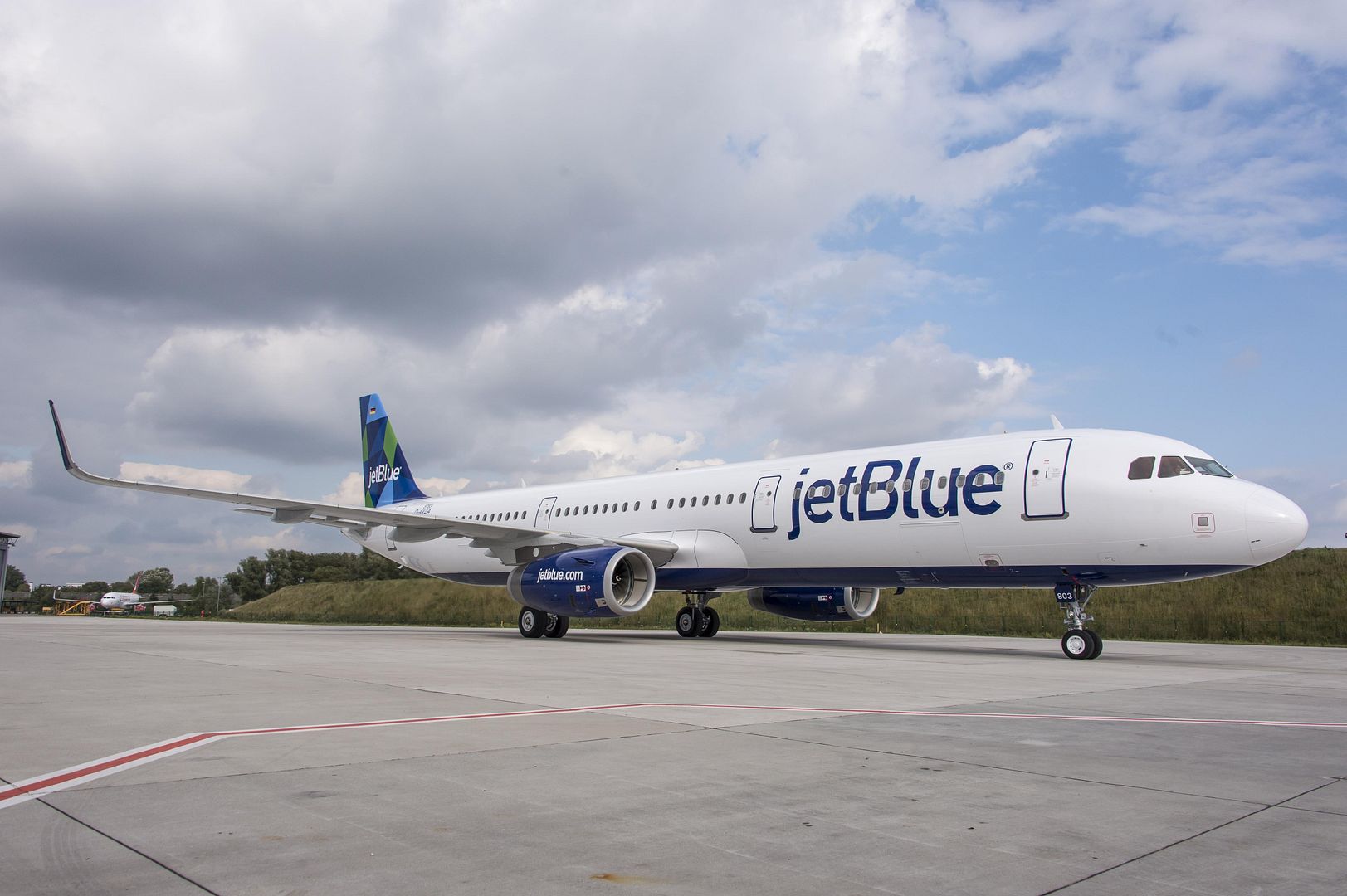
Post a reply
- Go to Previous topic
- Go to Next topic
- Go to Welcome
- Go to Introduce Yourself
- Go to General Discussion
- Go to Screenshots, Images and Videos
- Go to Off topic
- Go to Works in Progress
- Go to Skinning Tips / Tutorials
- Go to Skin Requests
- Go to IJAAF Library
- Go to Luftwaffe Library
- Go to RAF Library
- Go to USAAF / USN Library
- Go to Misc Library
- Go to The Ops Room
- Go to Made in Germany
- Go to Campaigns and Missions
- Go to Works in Progress
- Go to Juri's Air-Raid Shelter
- Go to Campaigns and Missions
- Go to Works in Progress
- Go to Skinpacks
- Go to External Projects Discussion
- Go to Books & Resources
